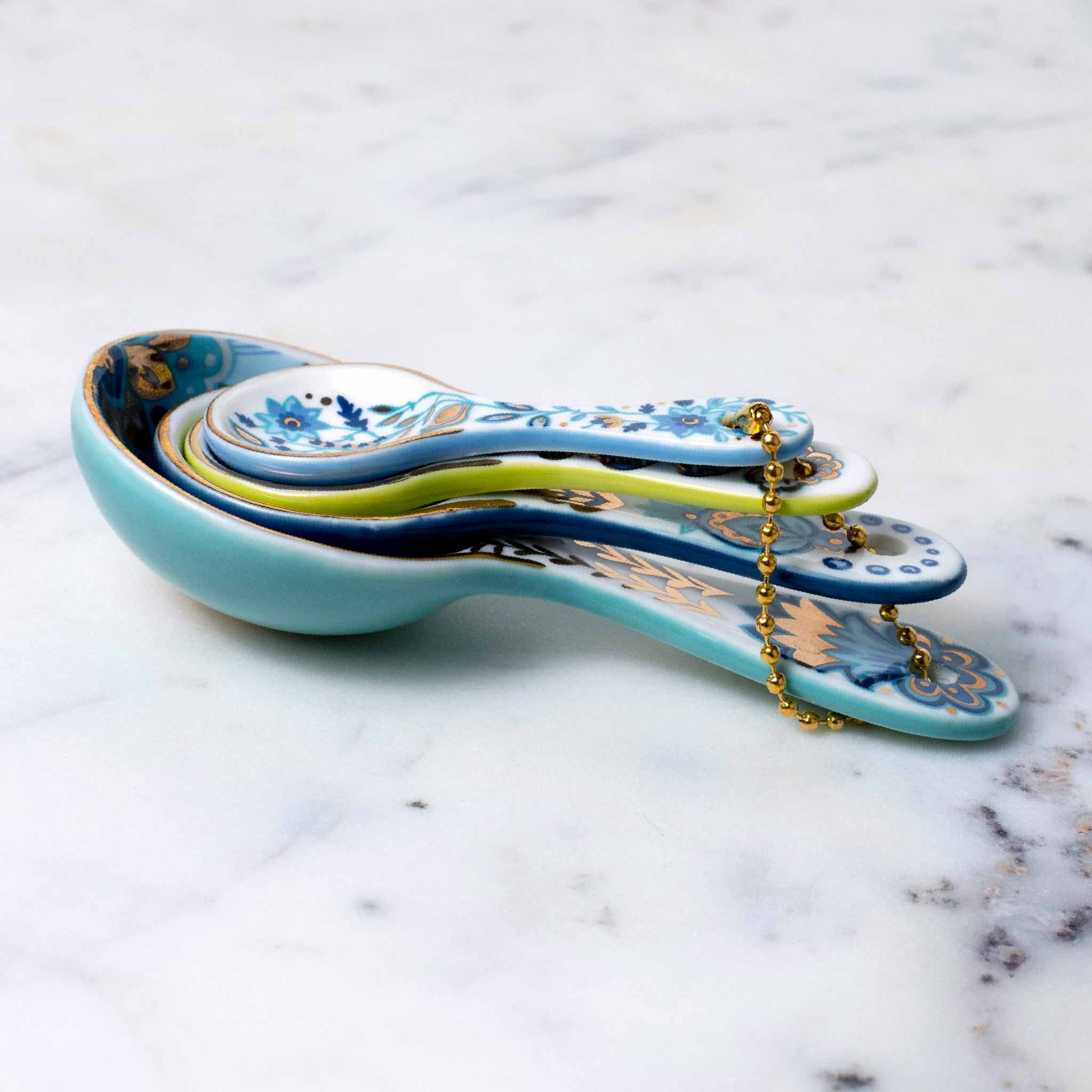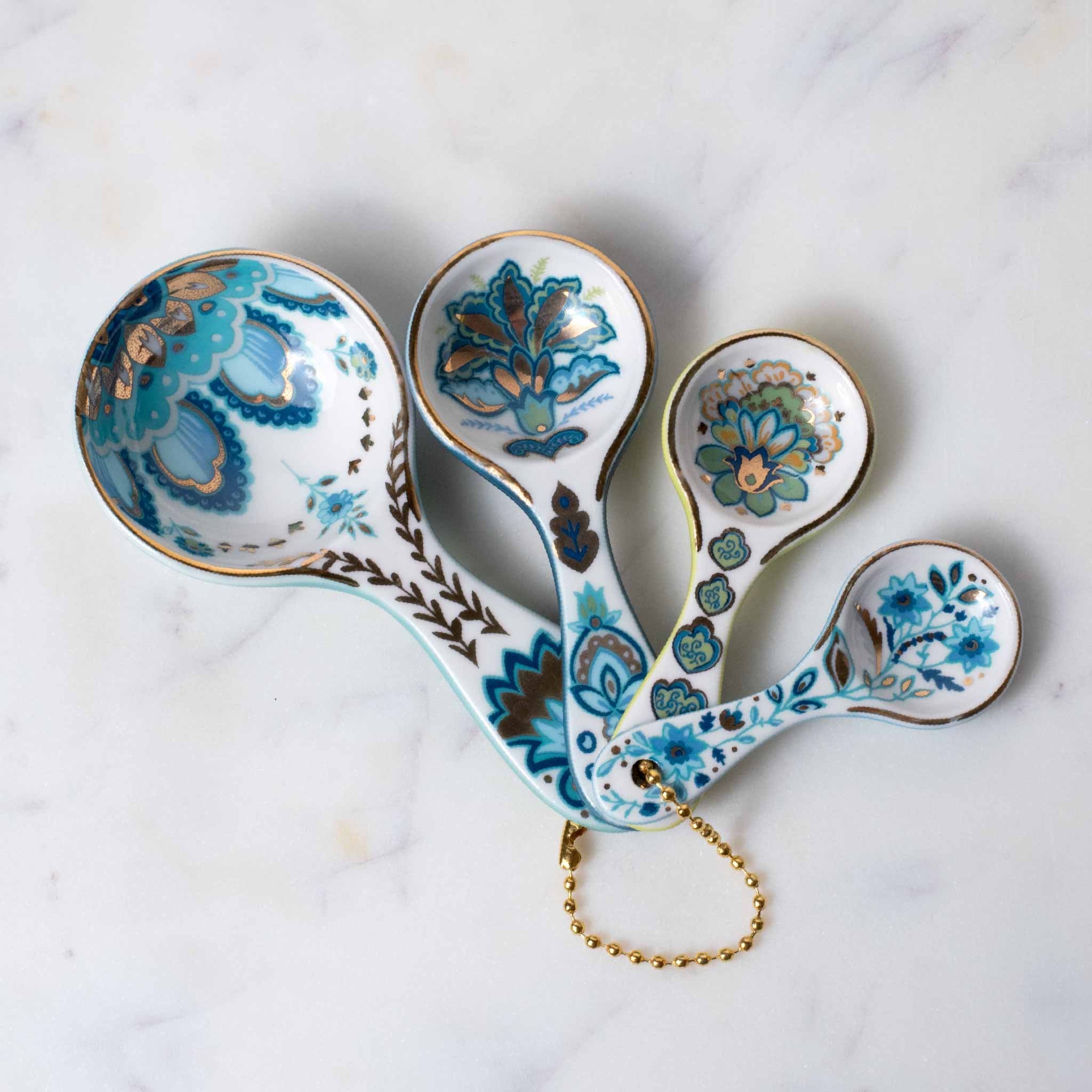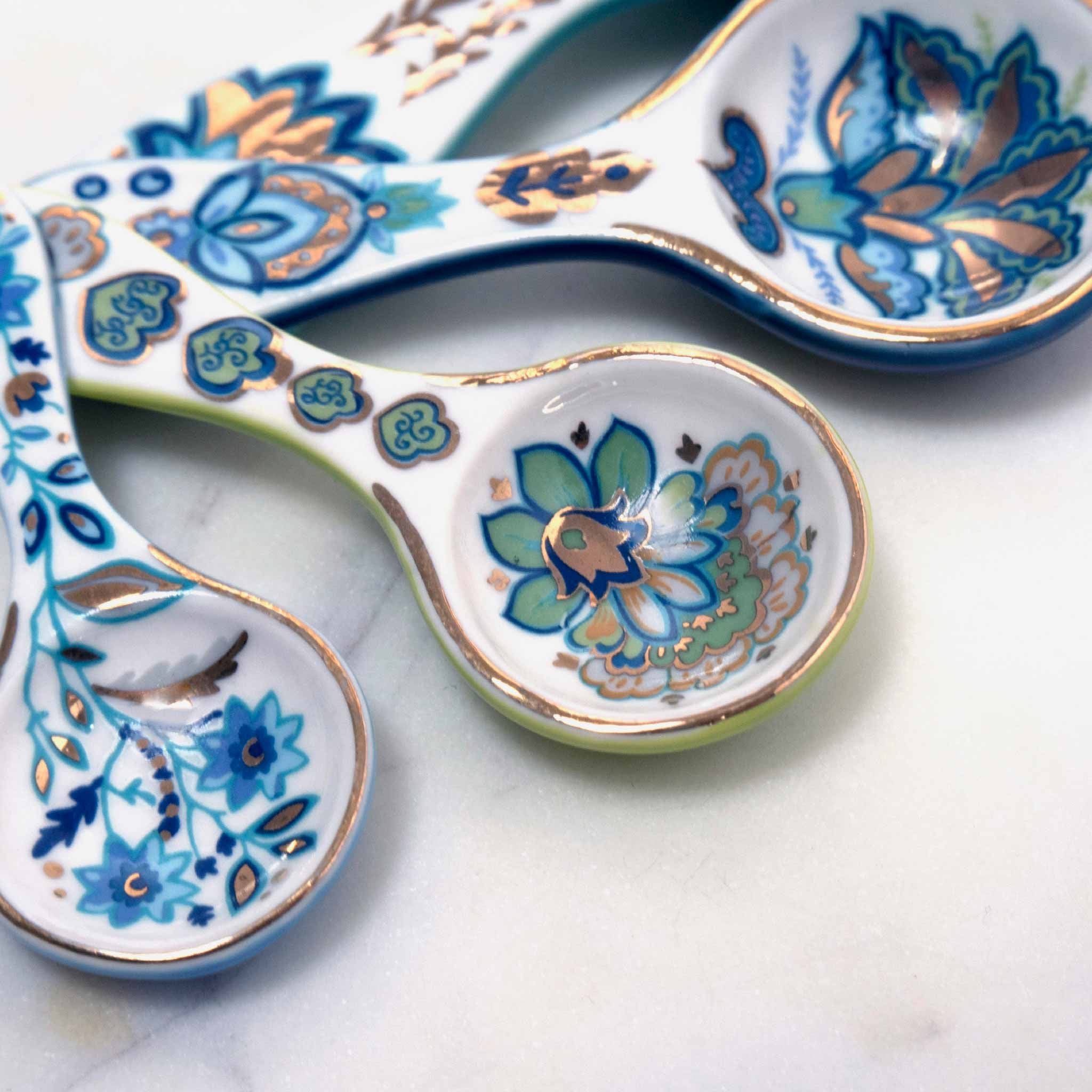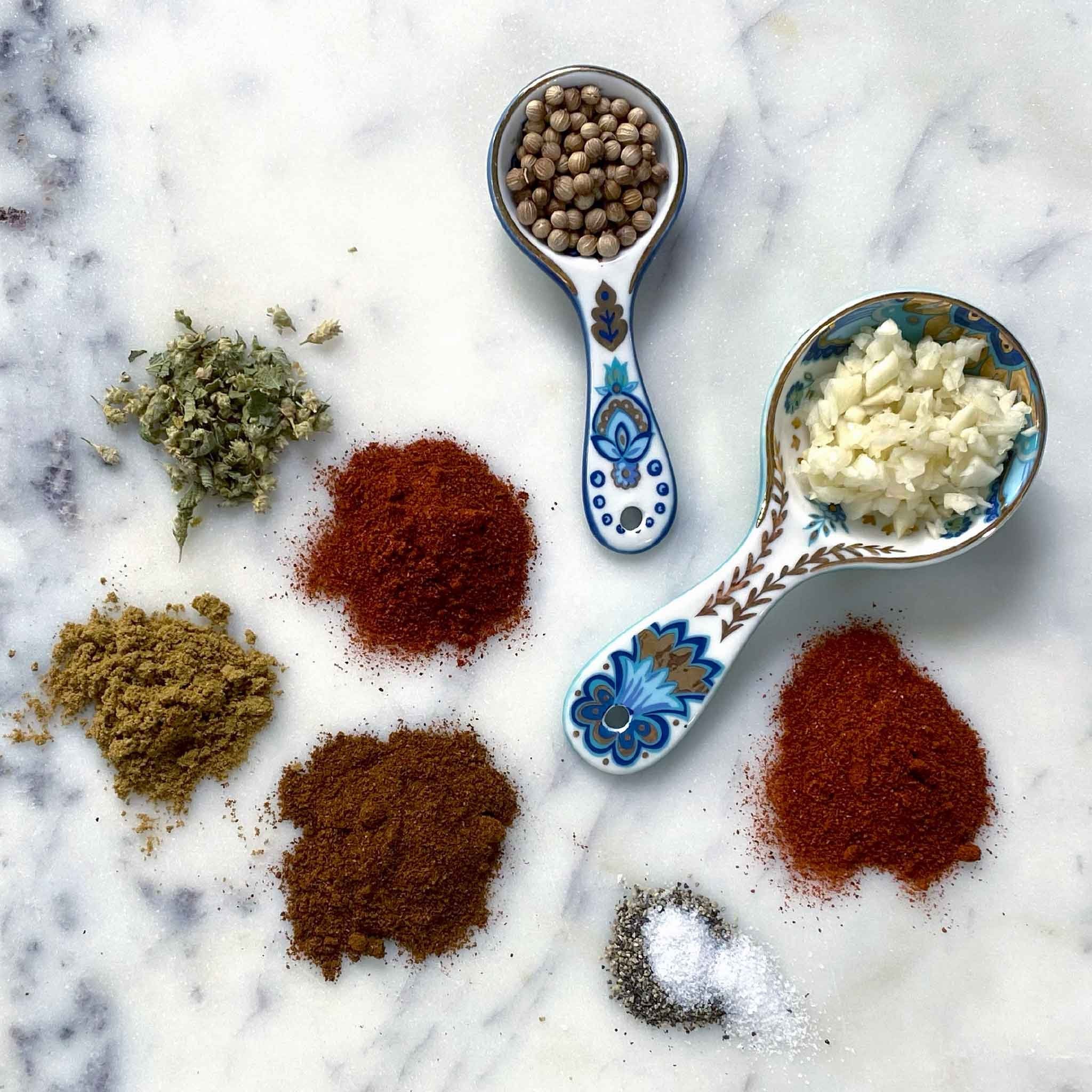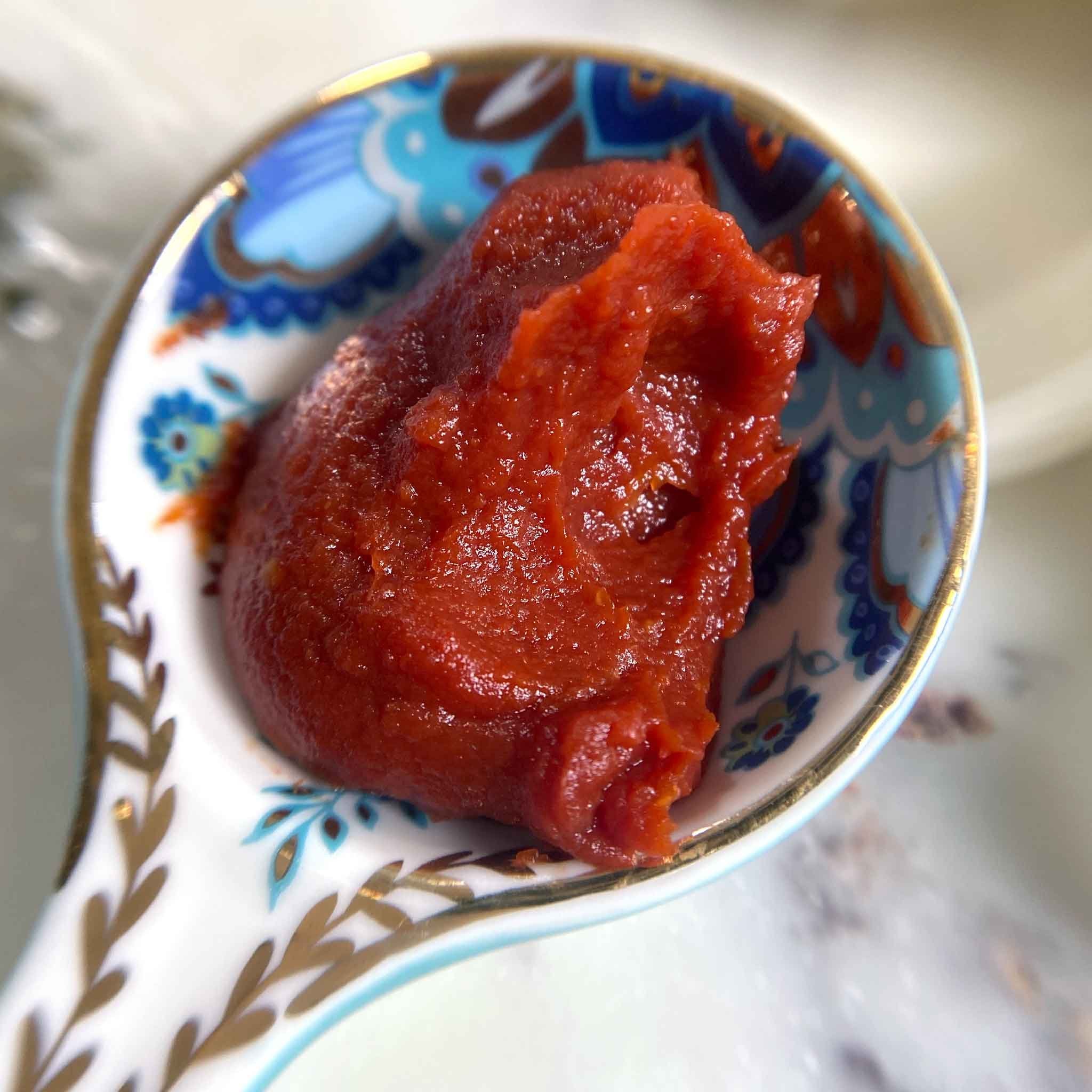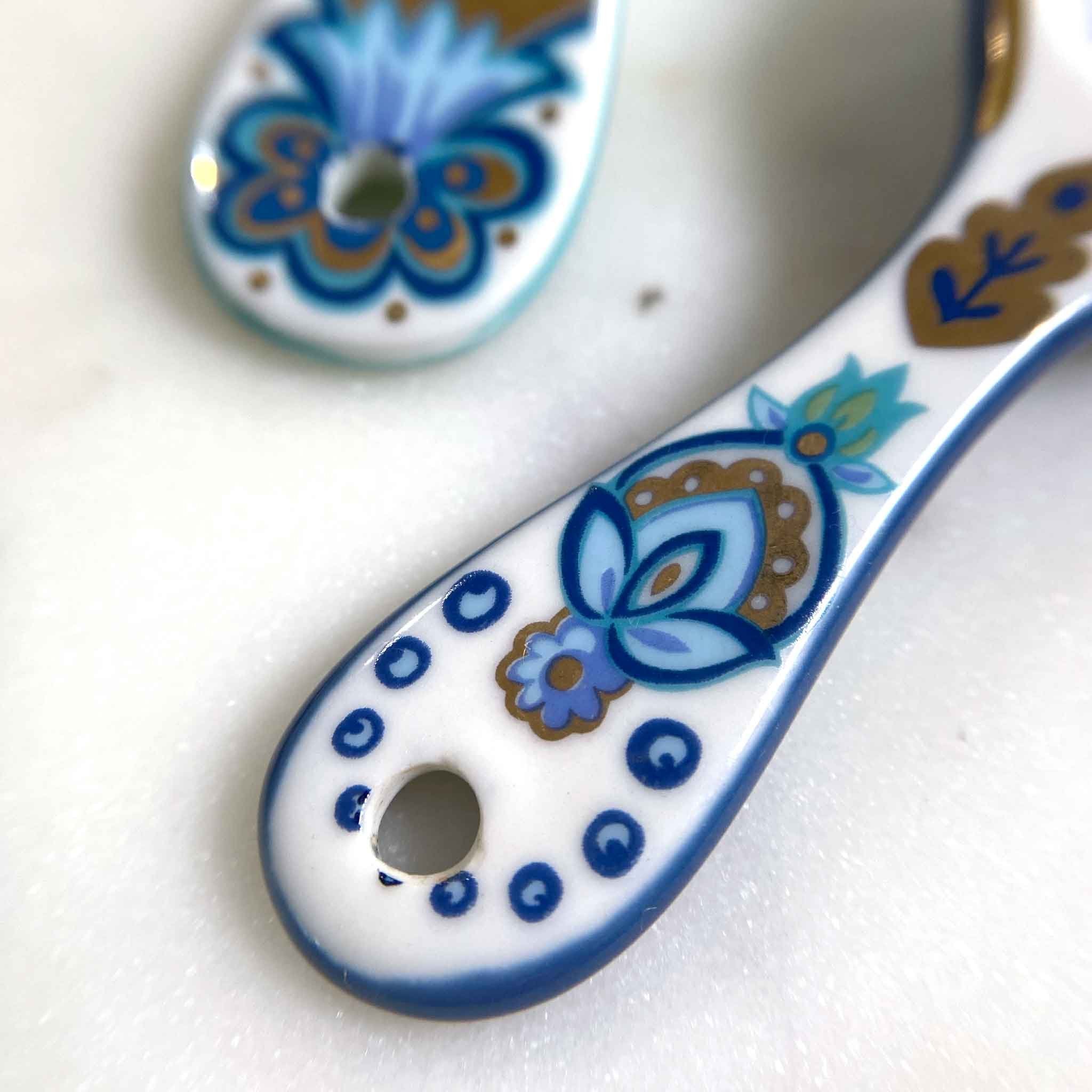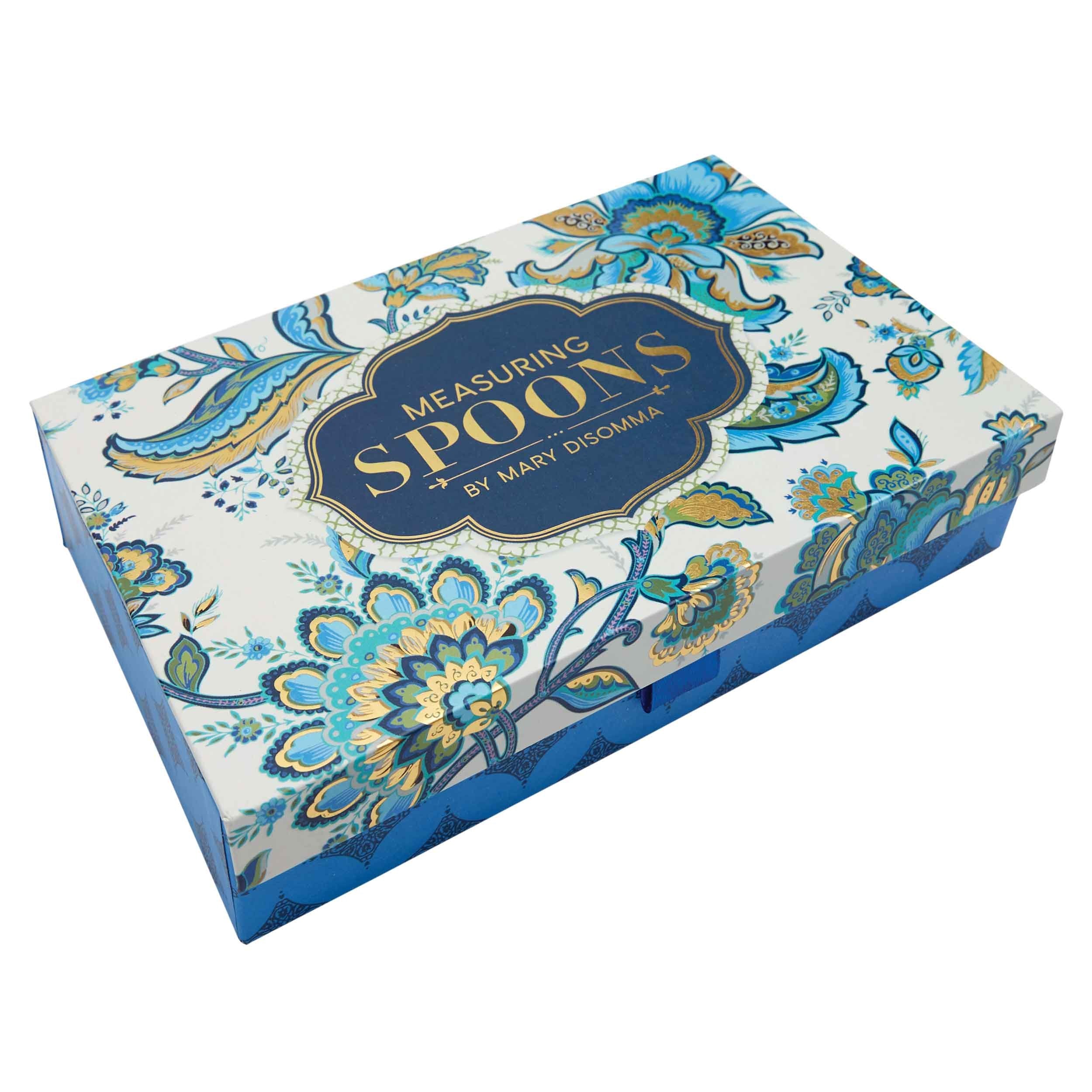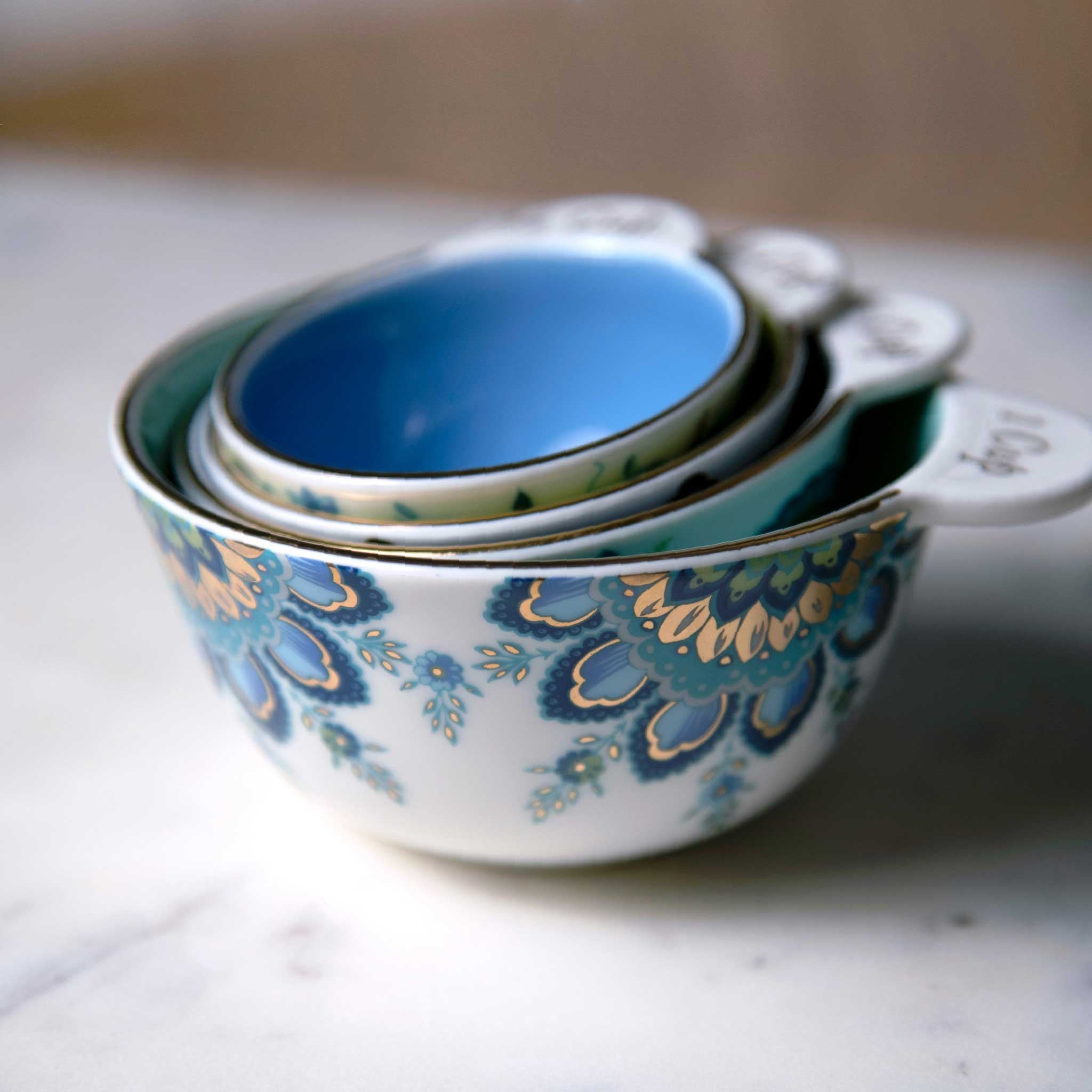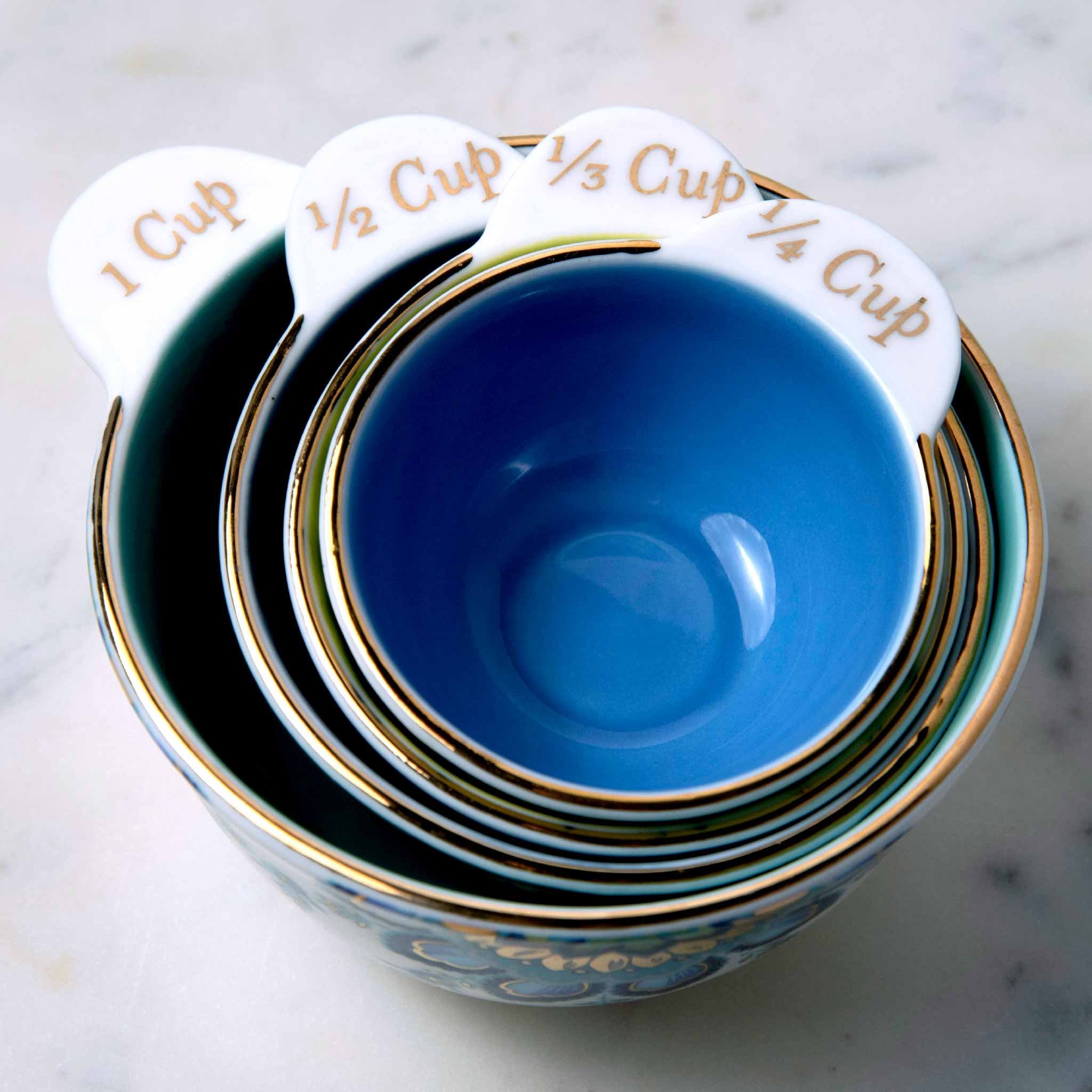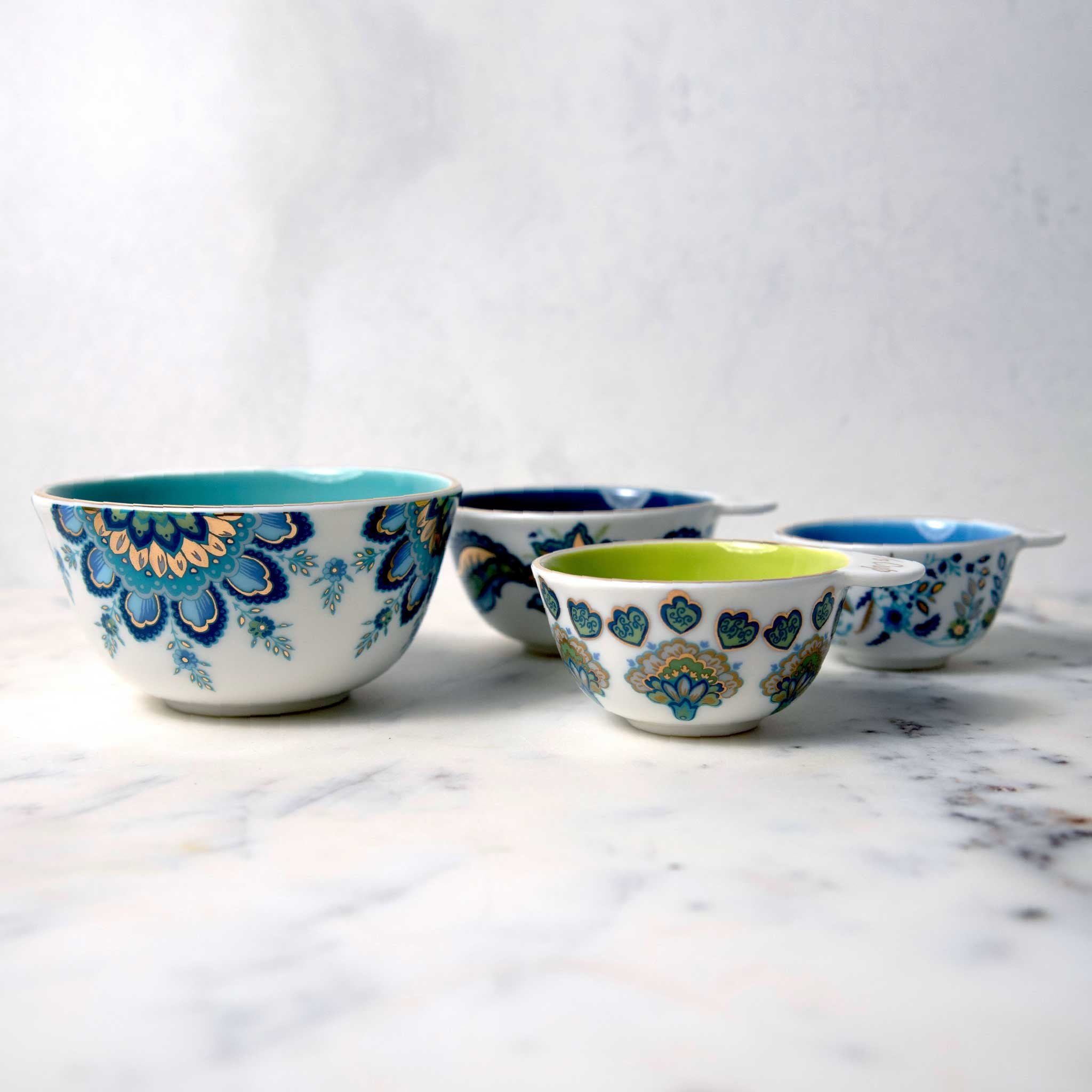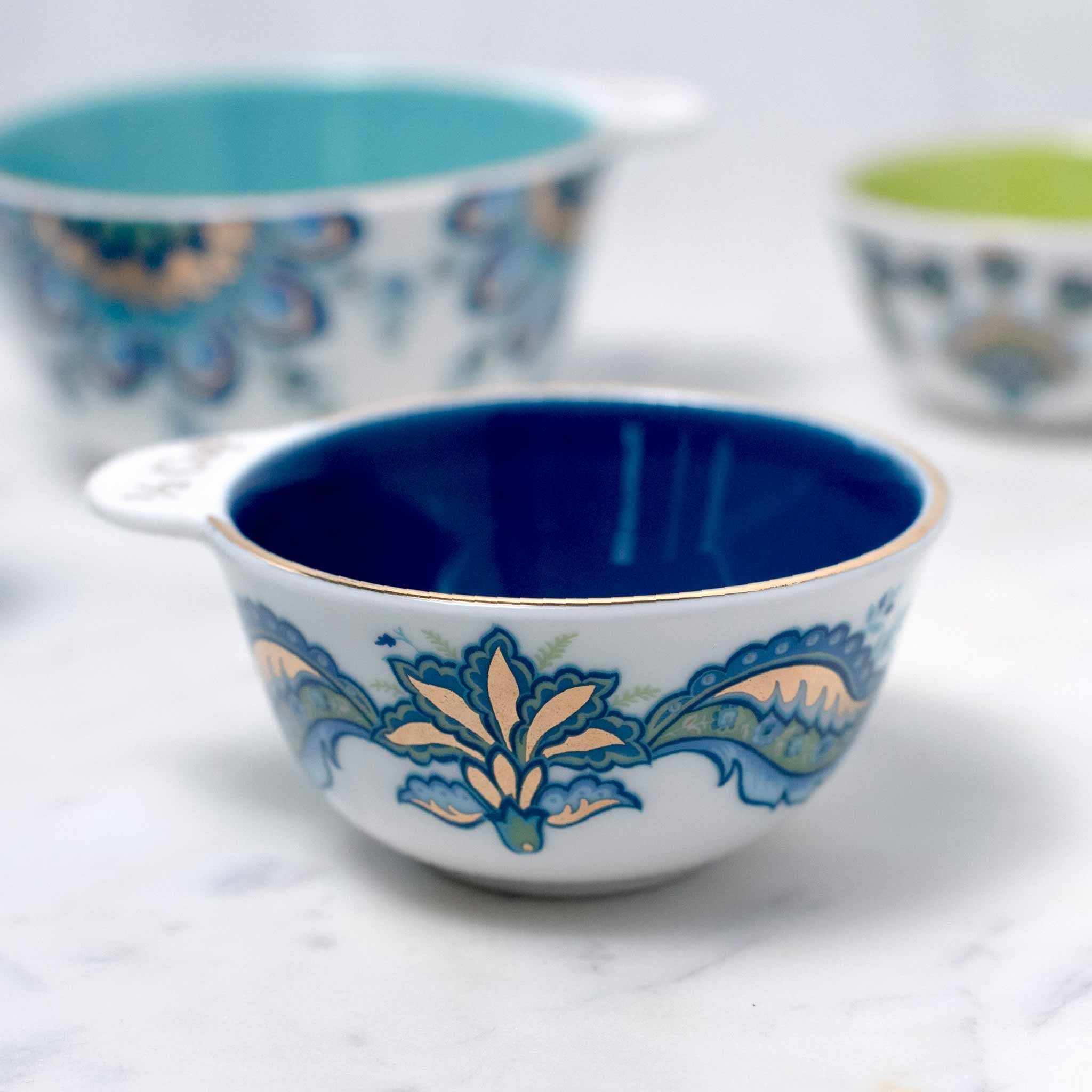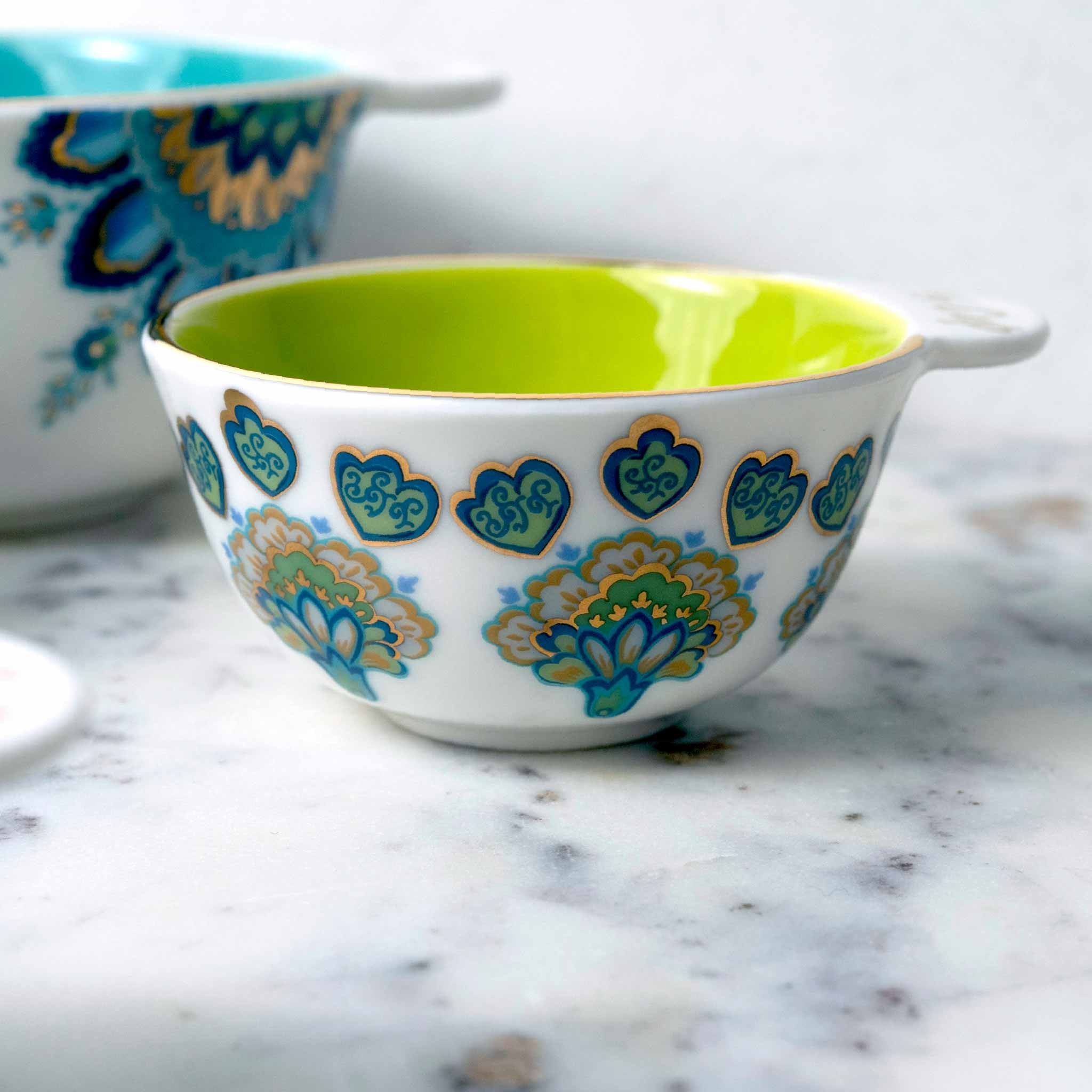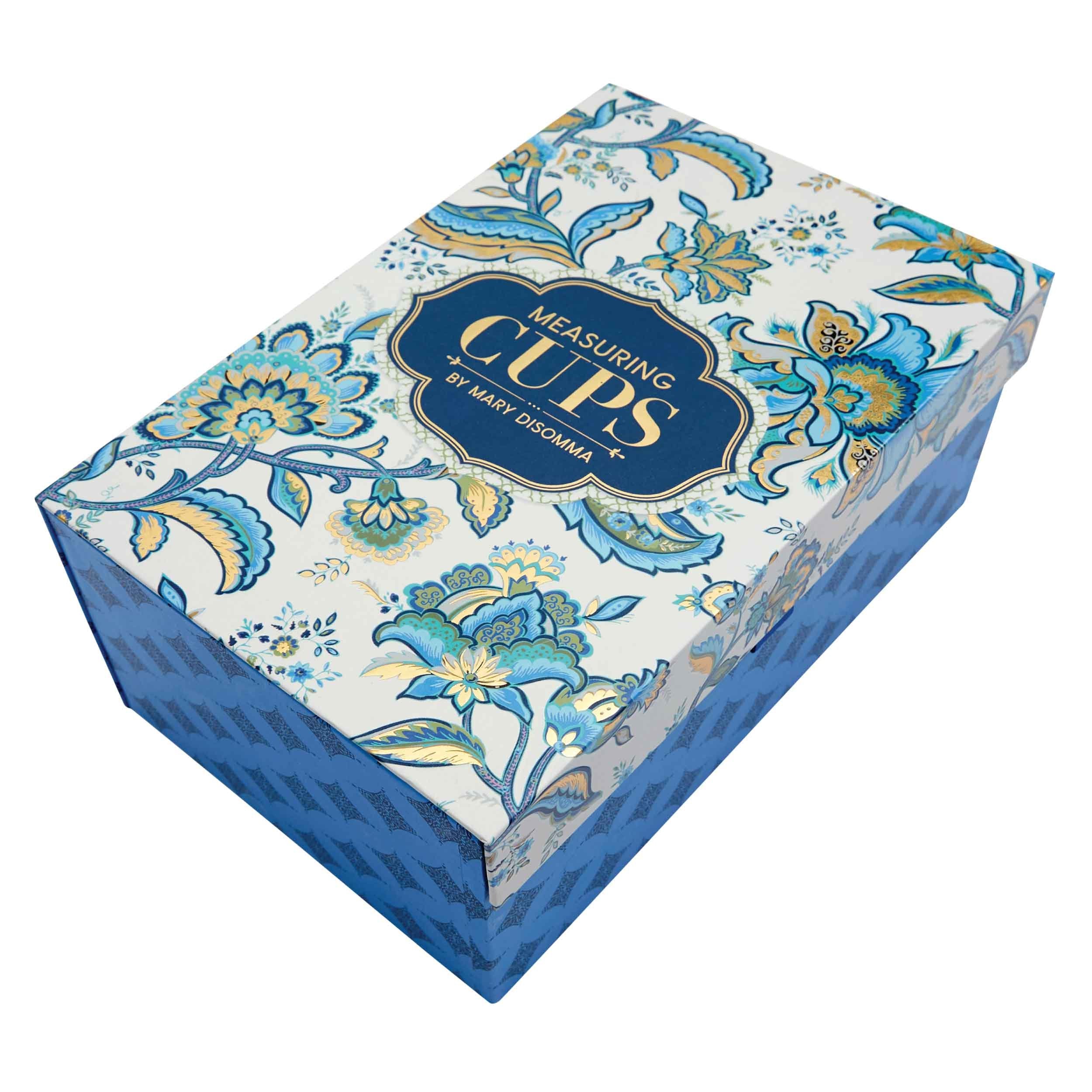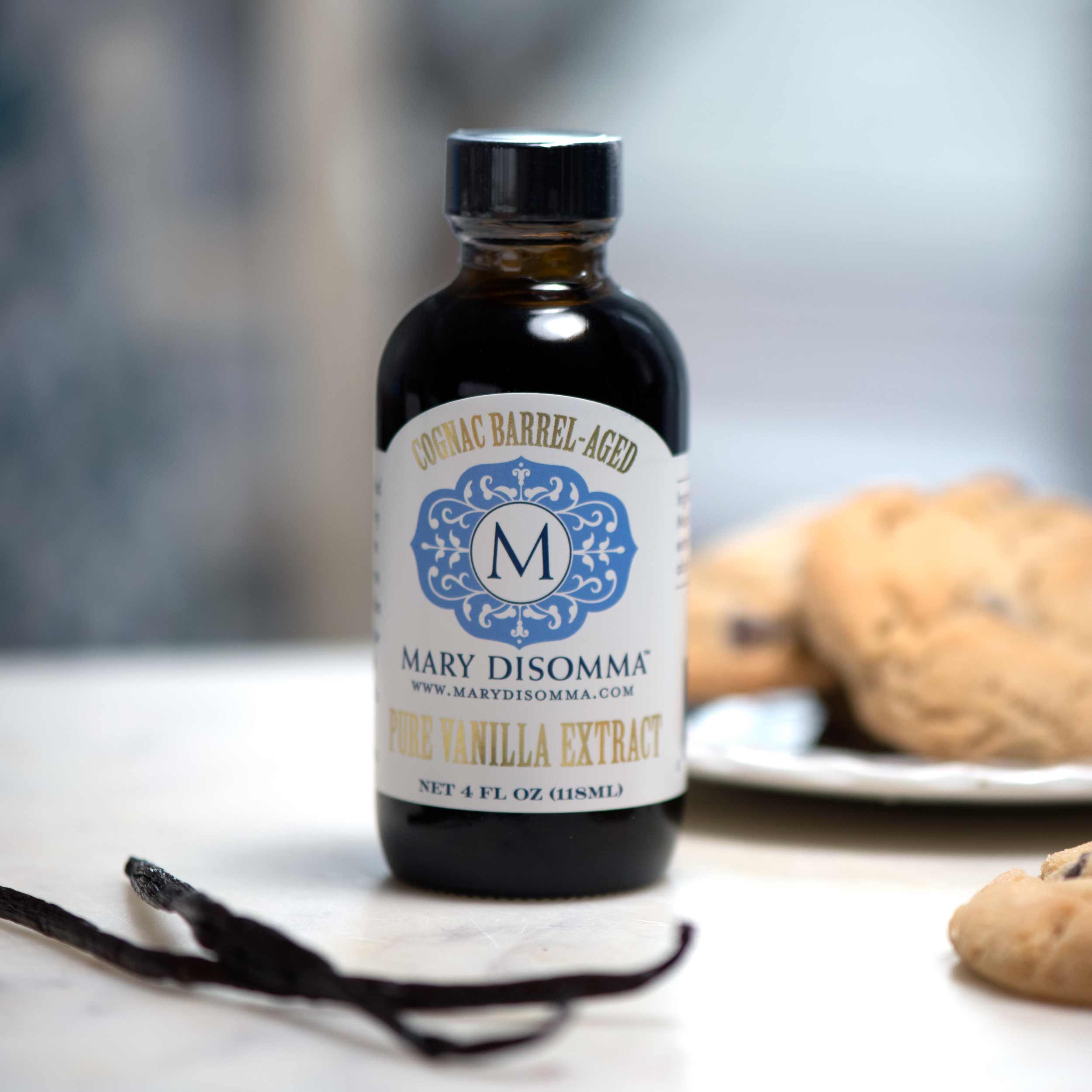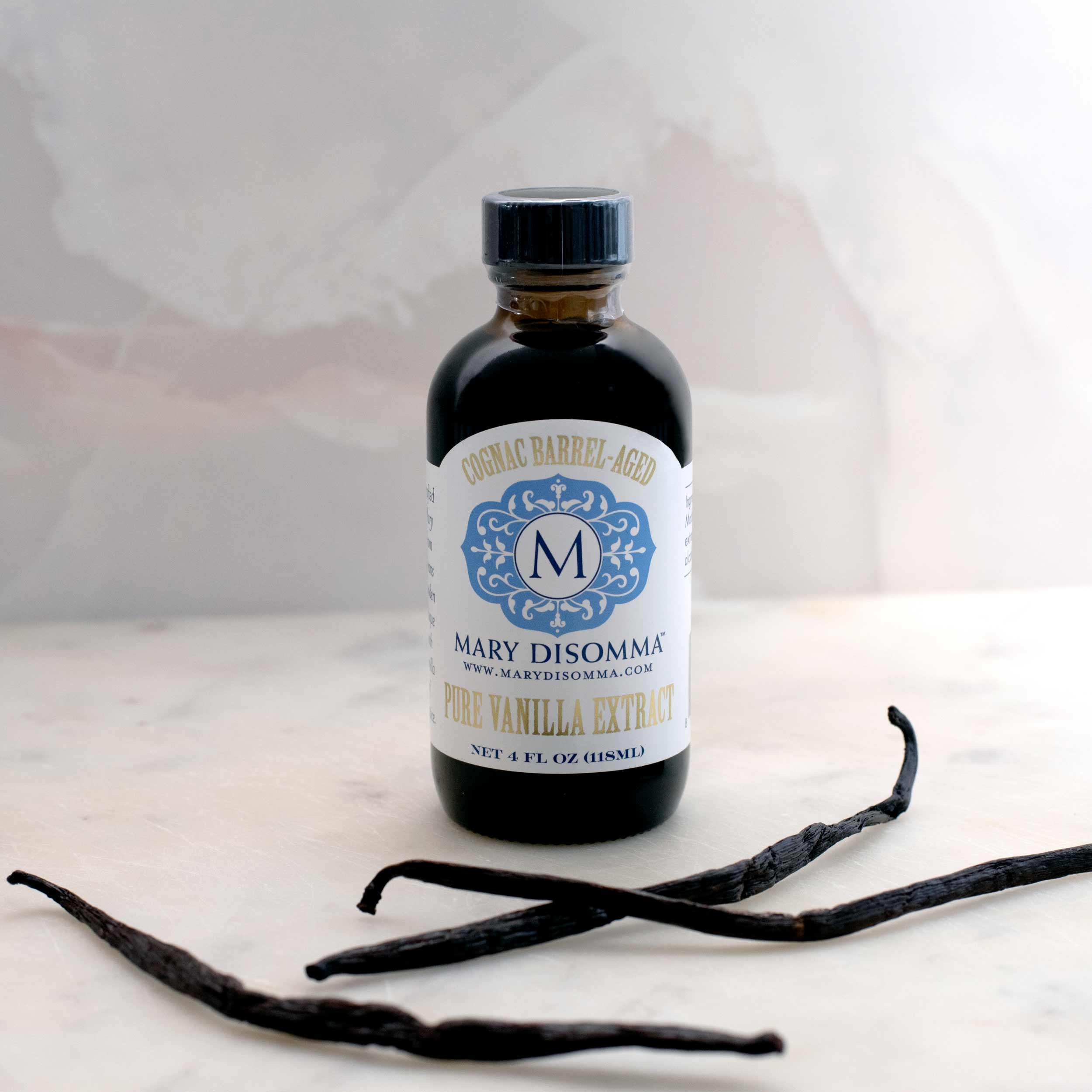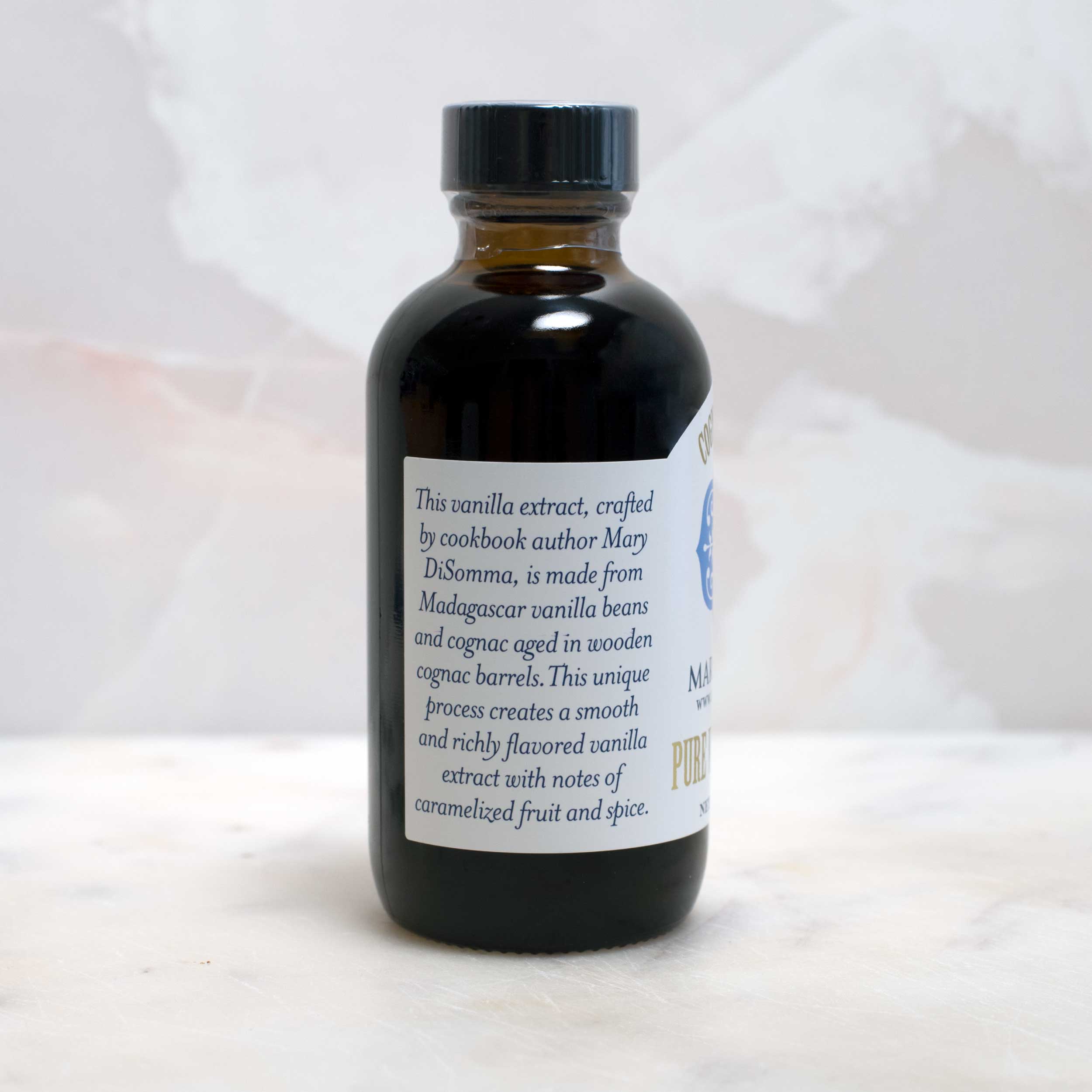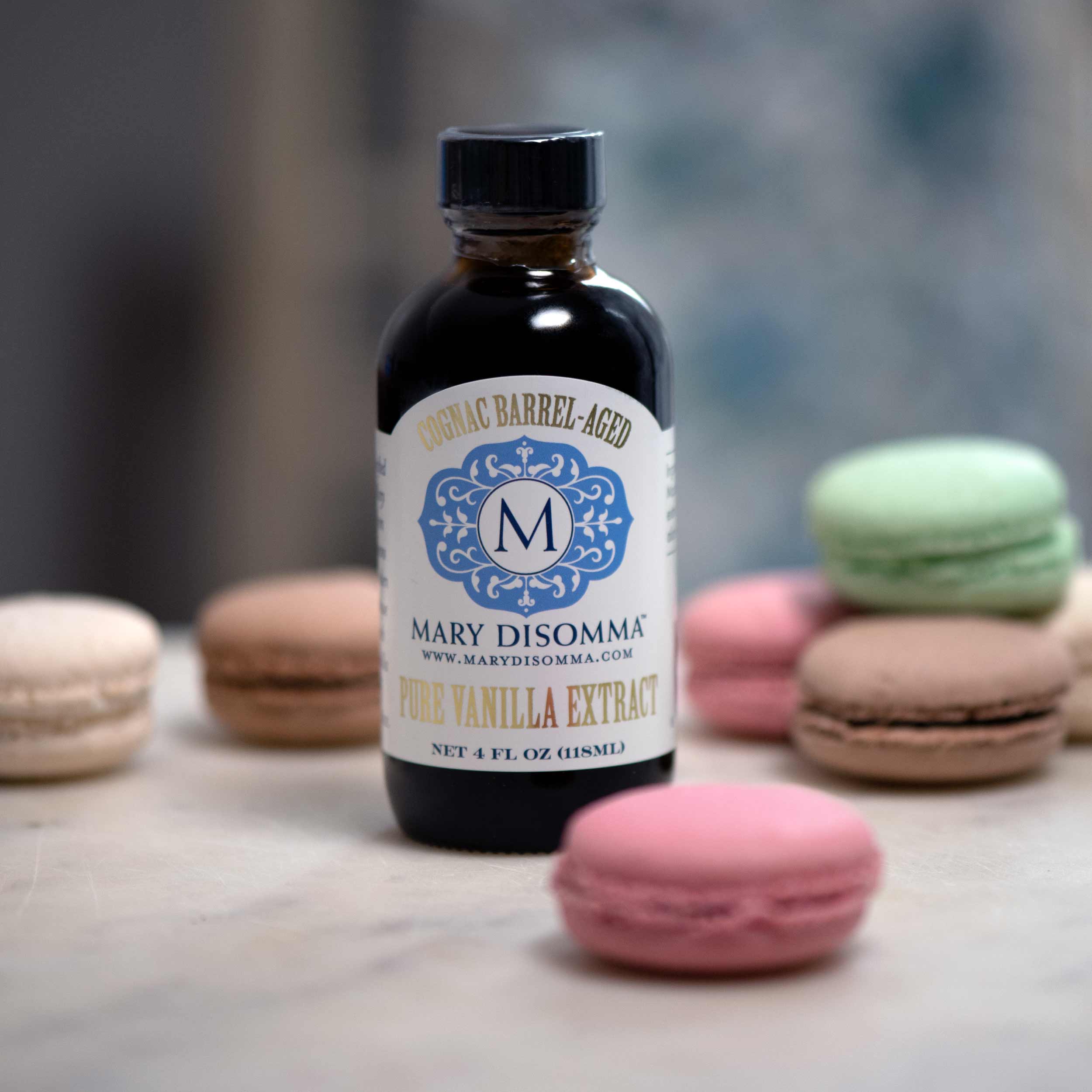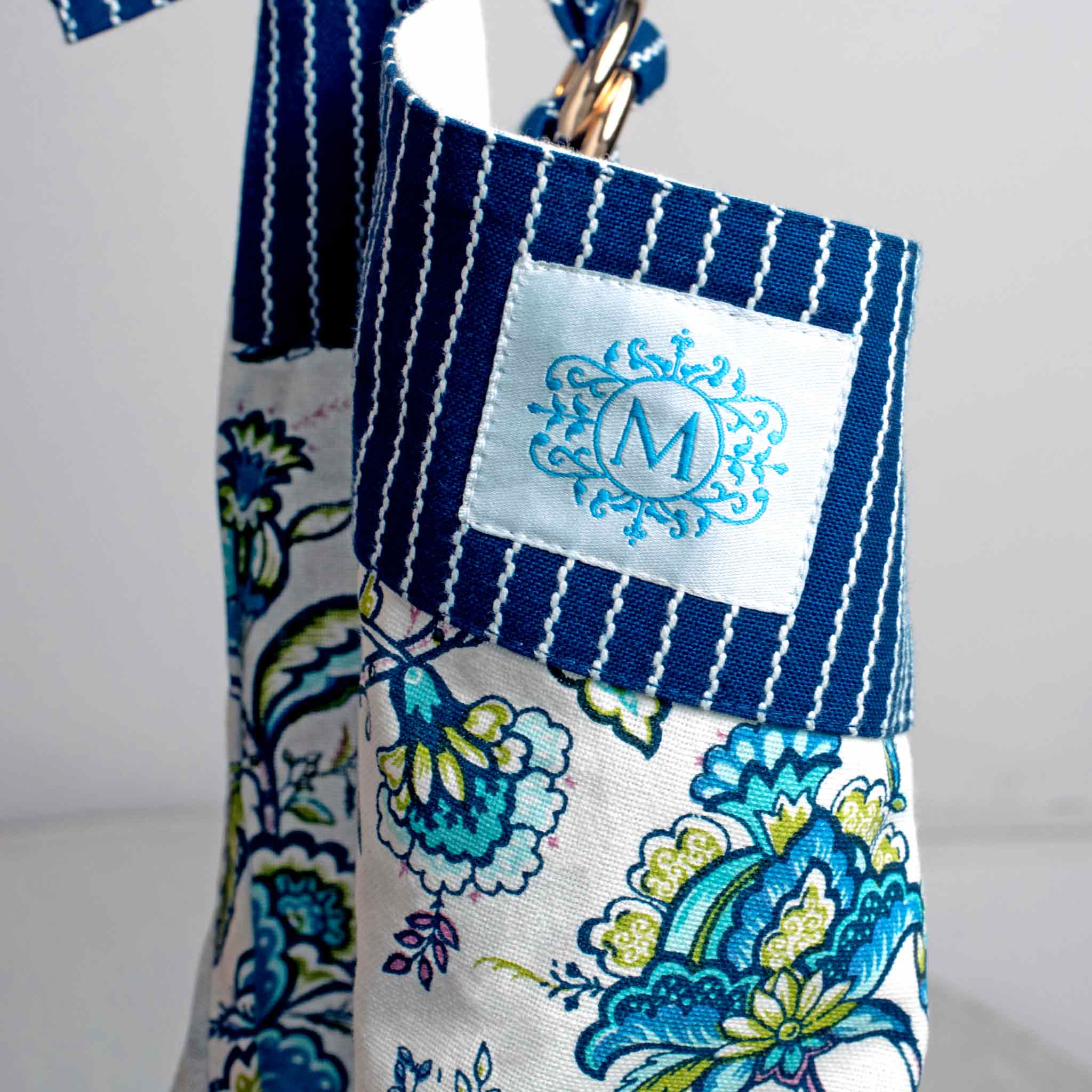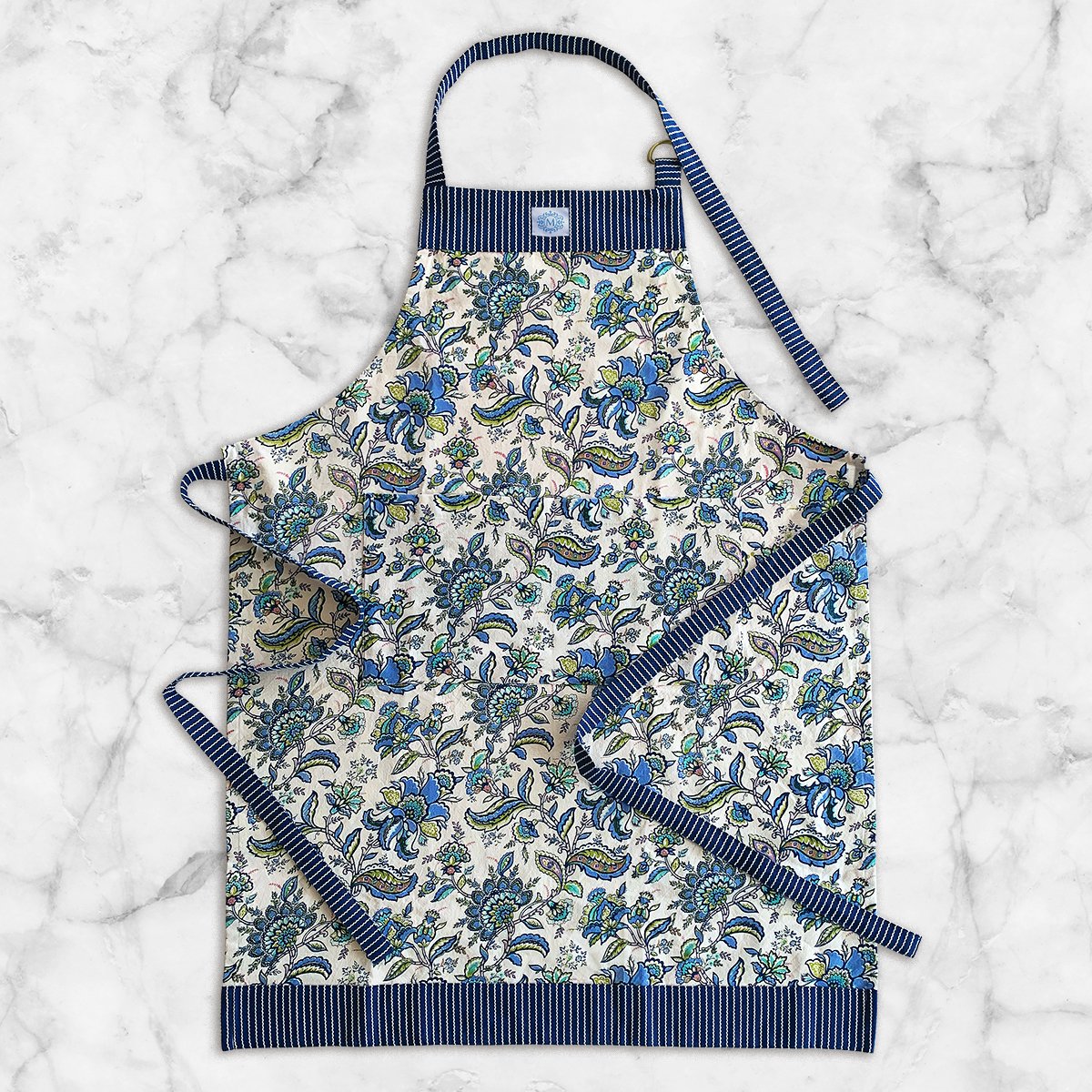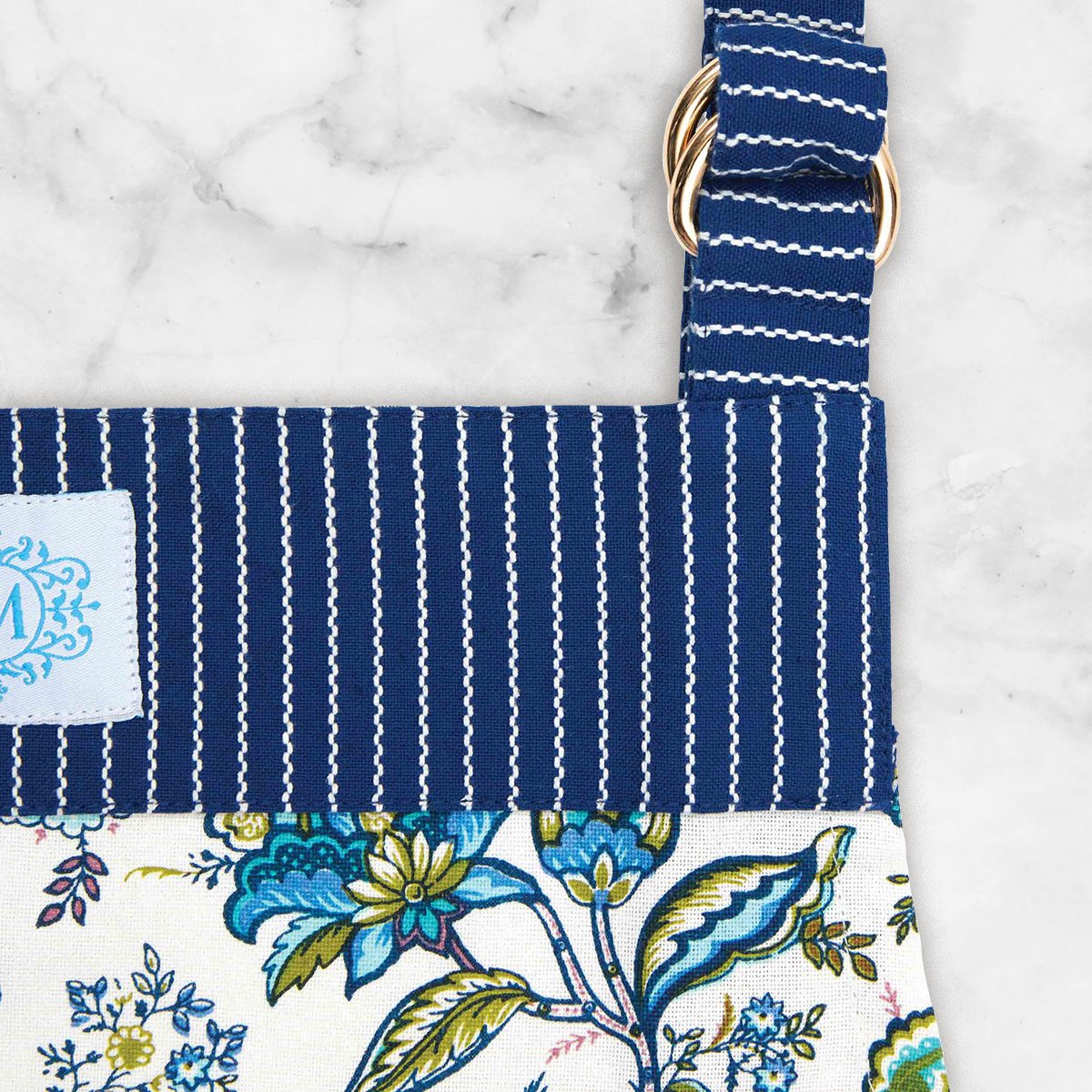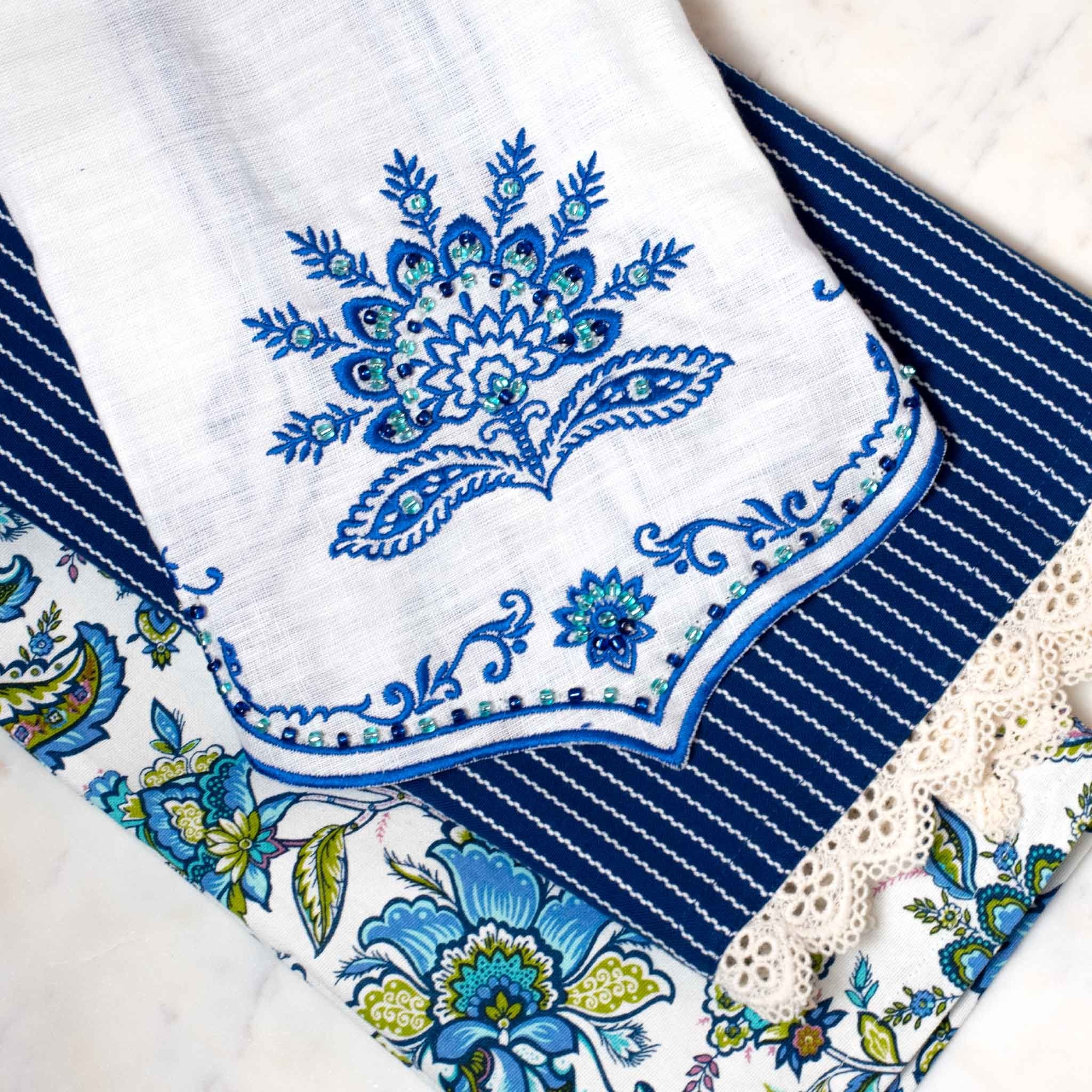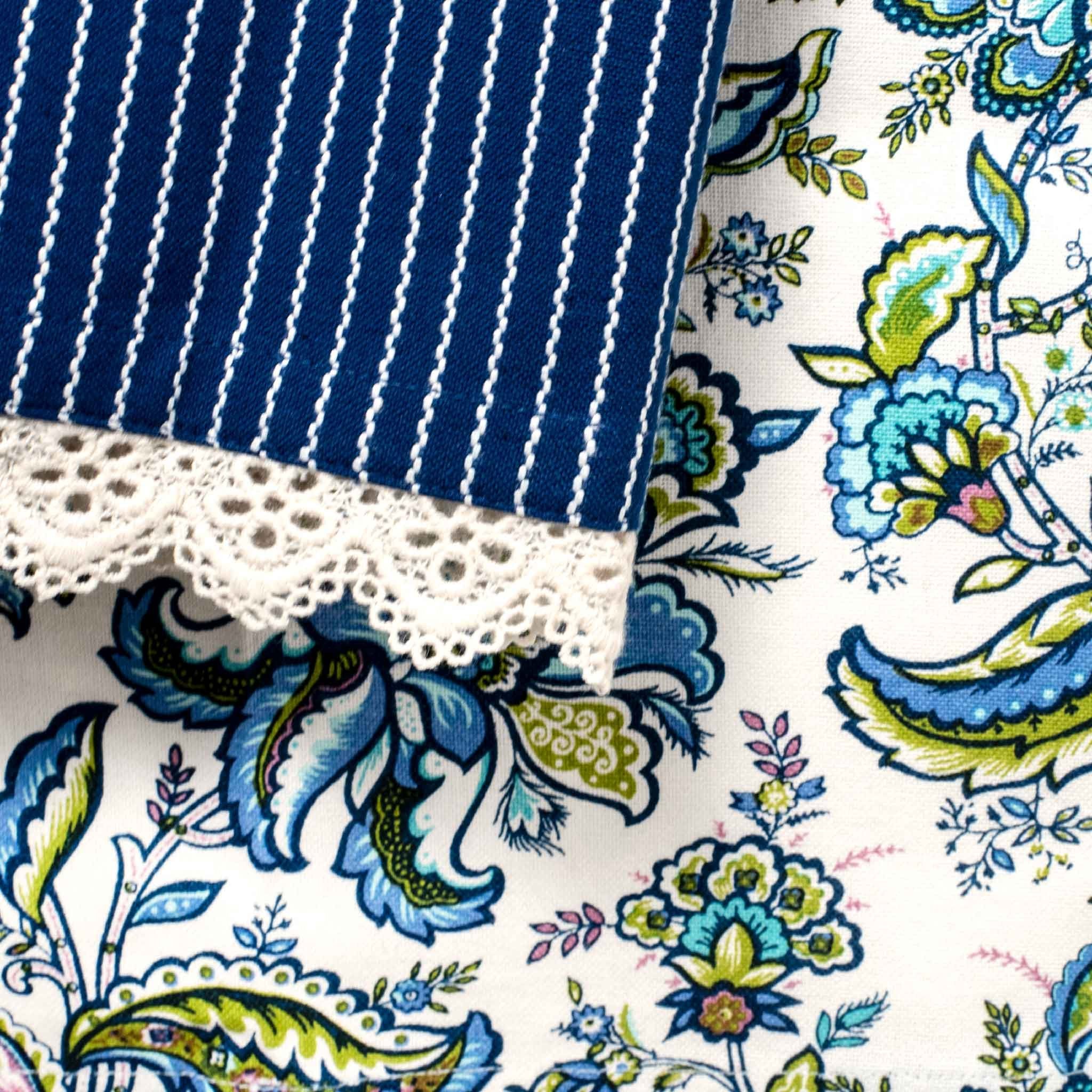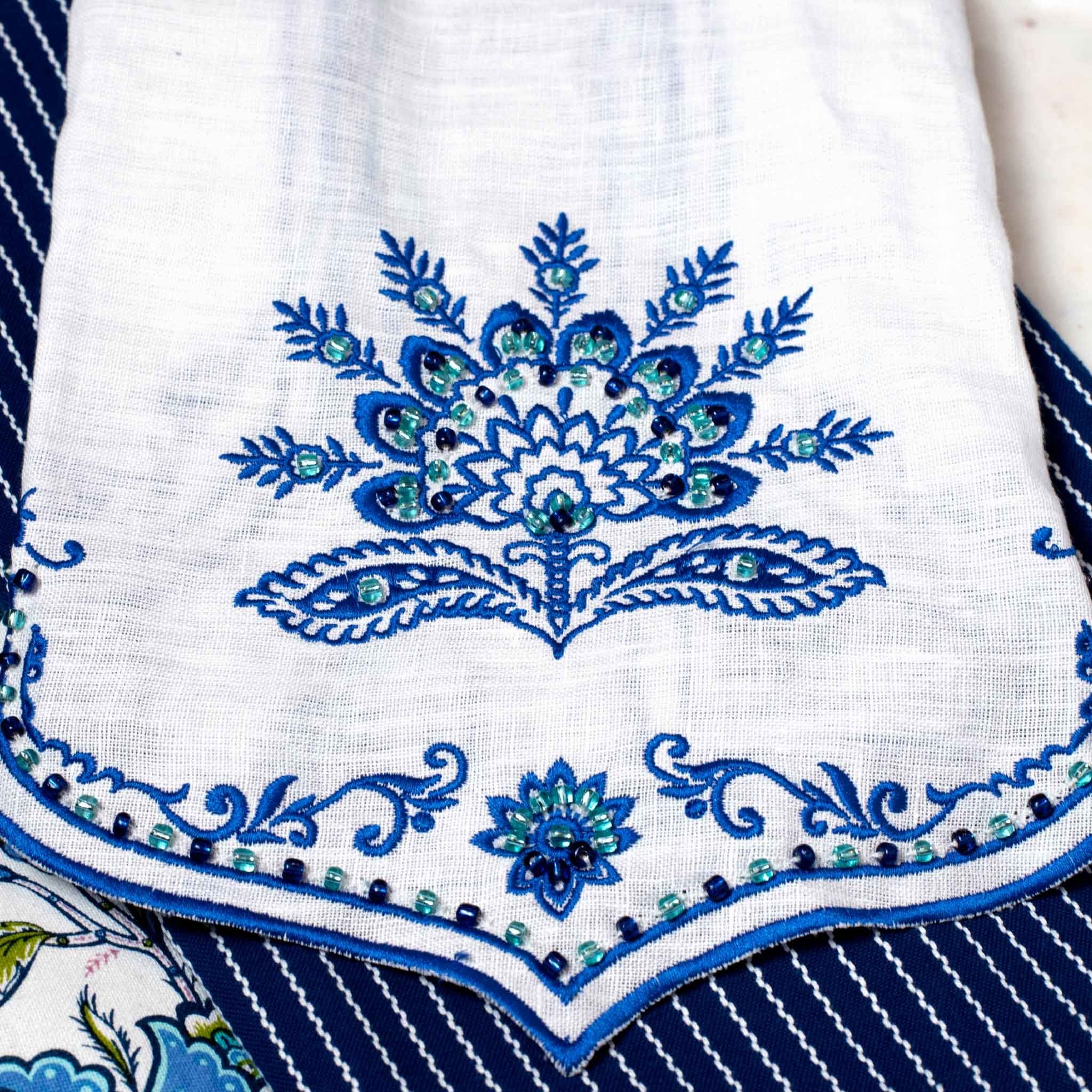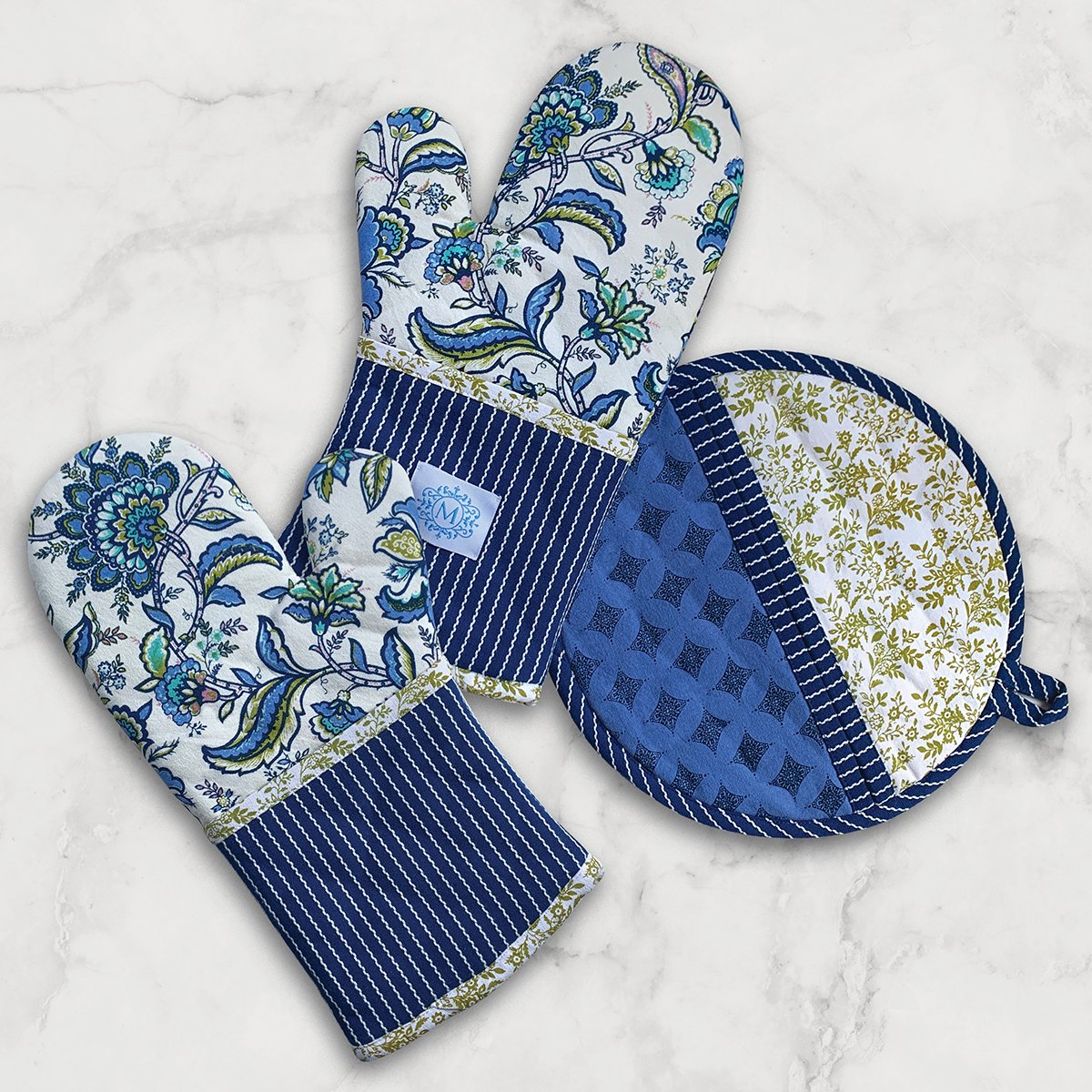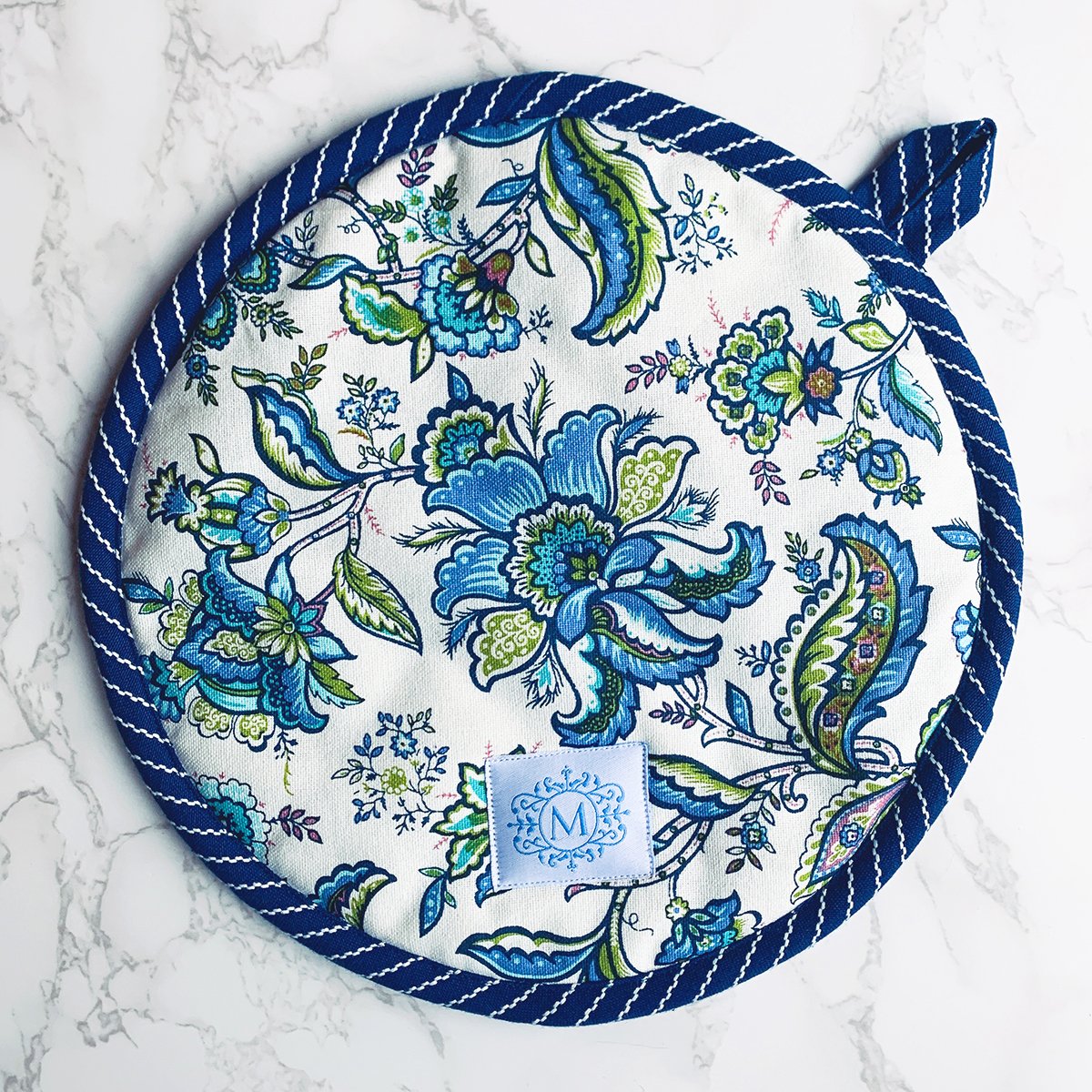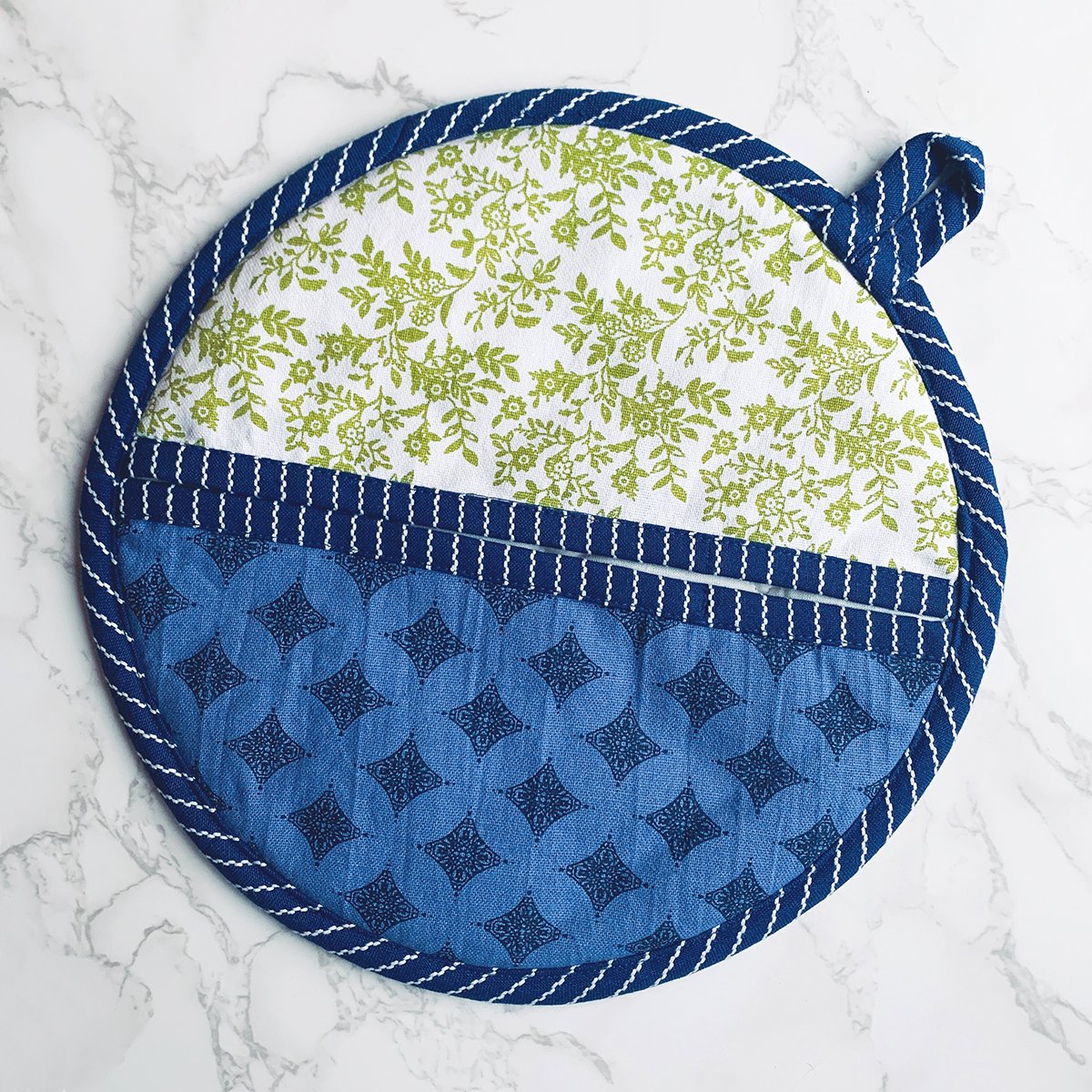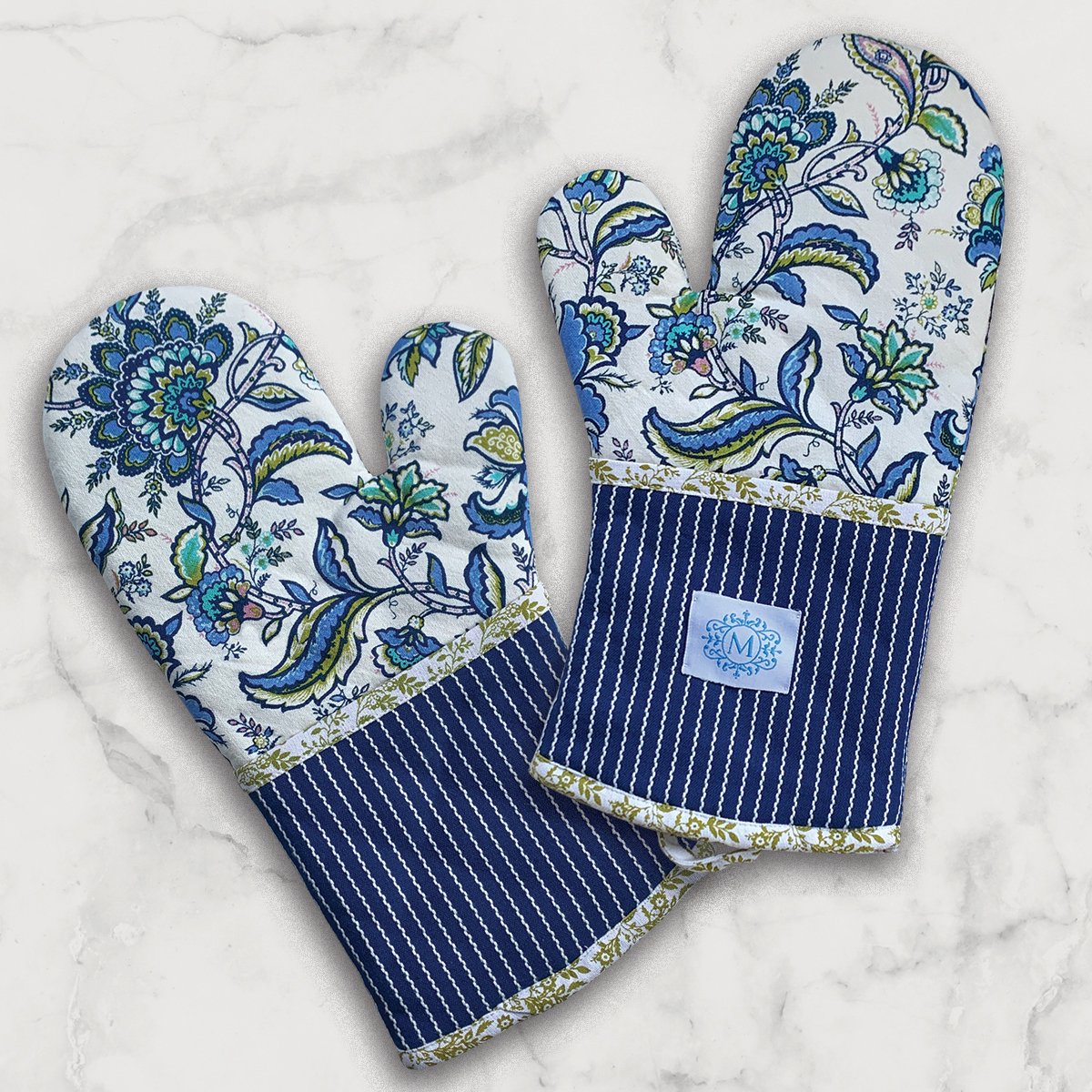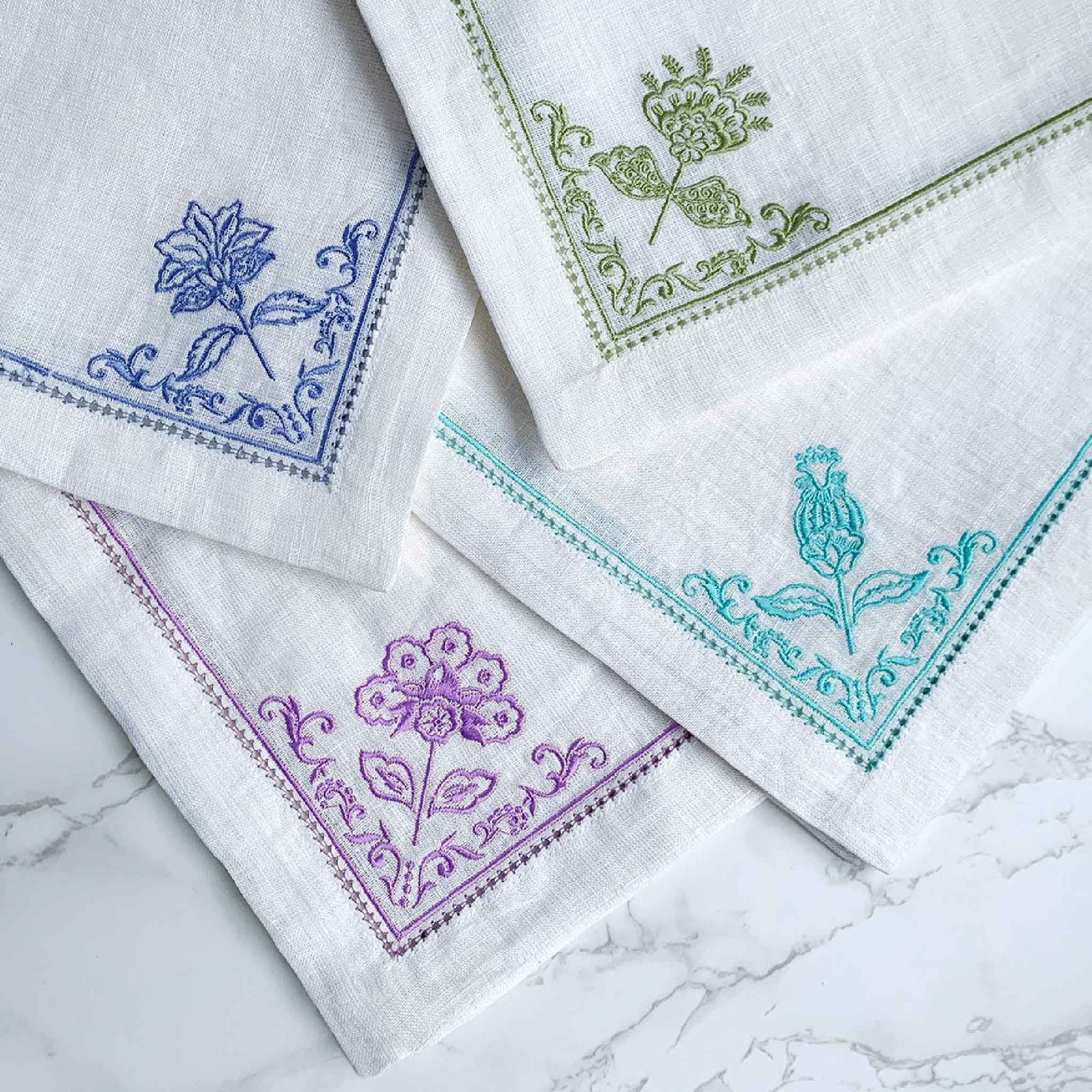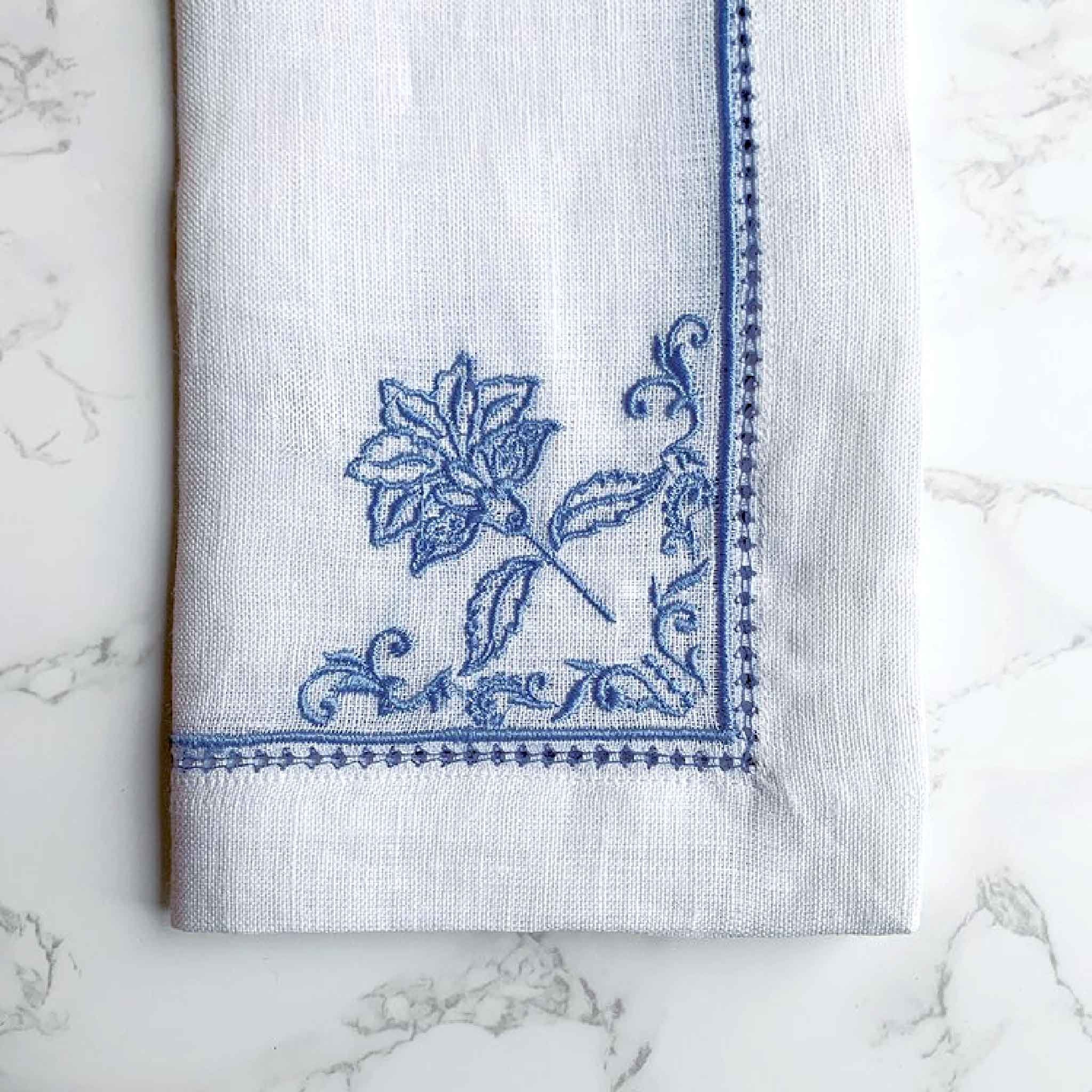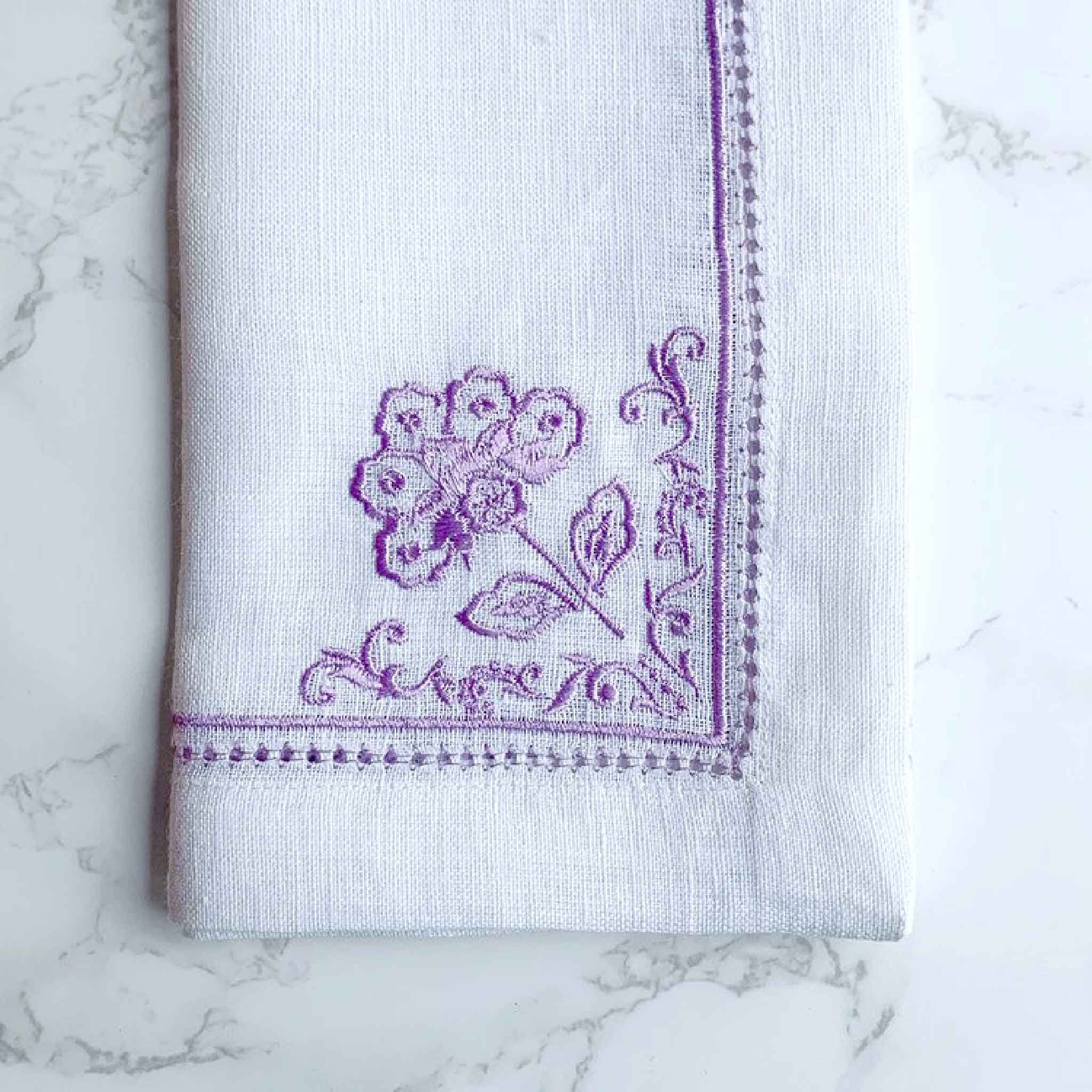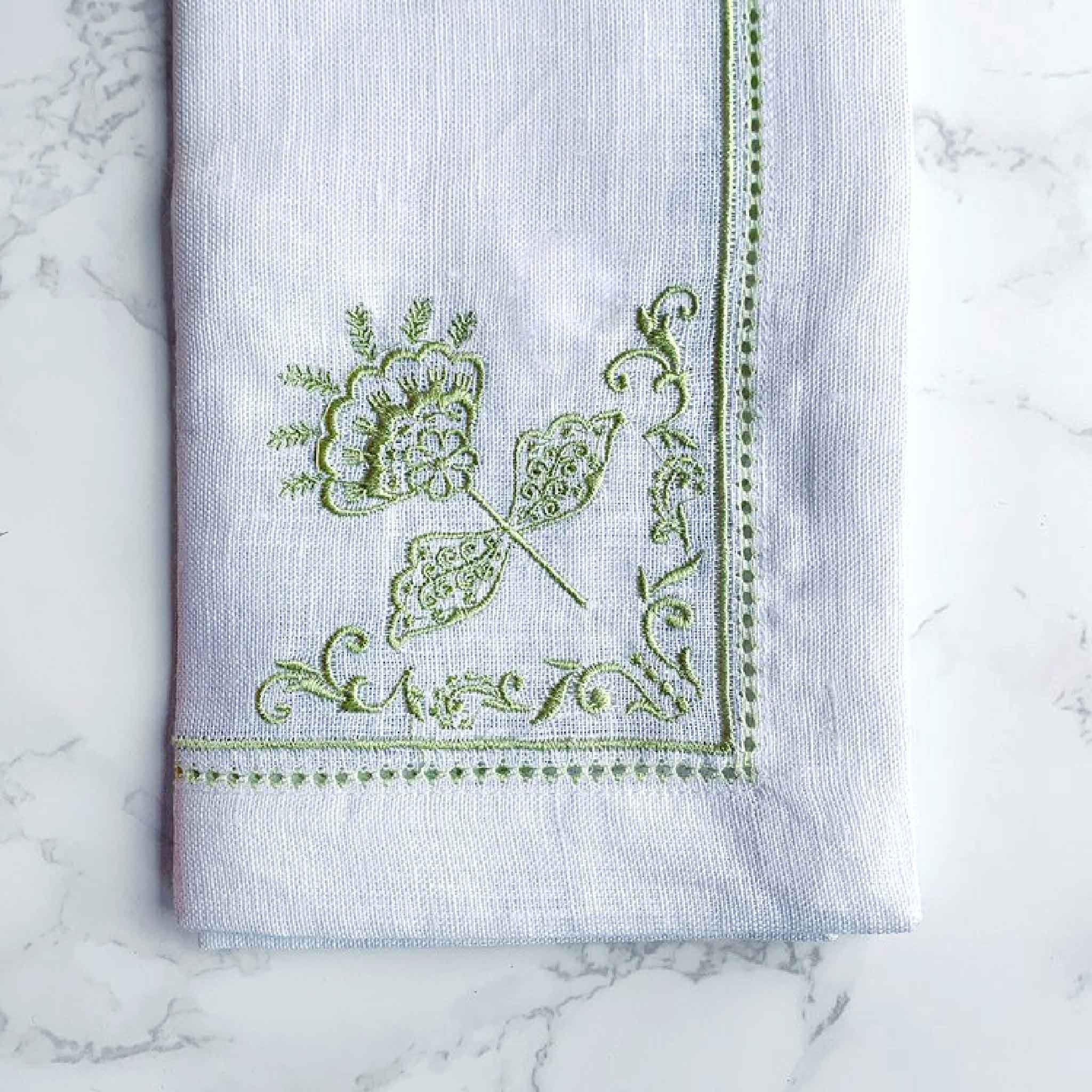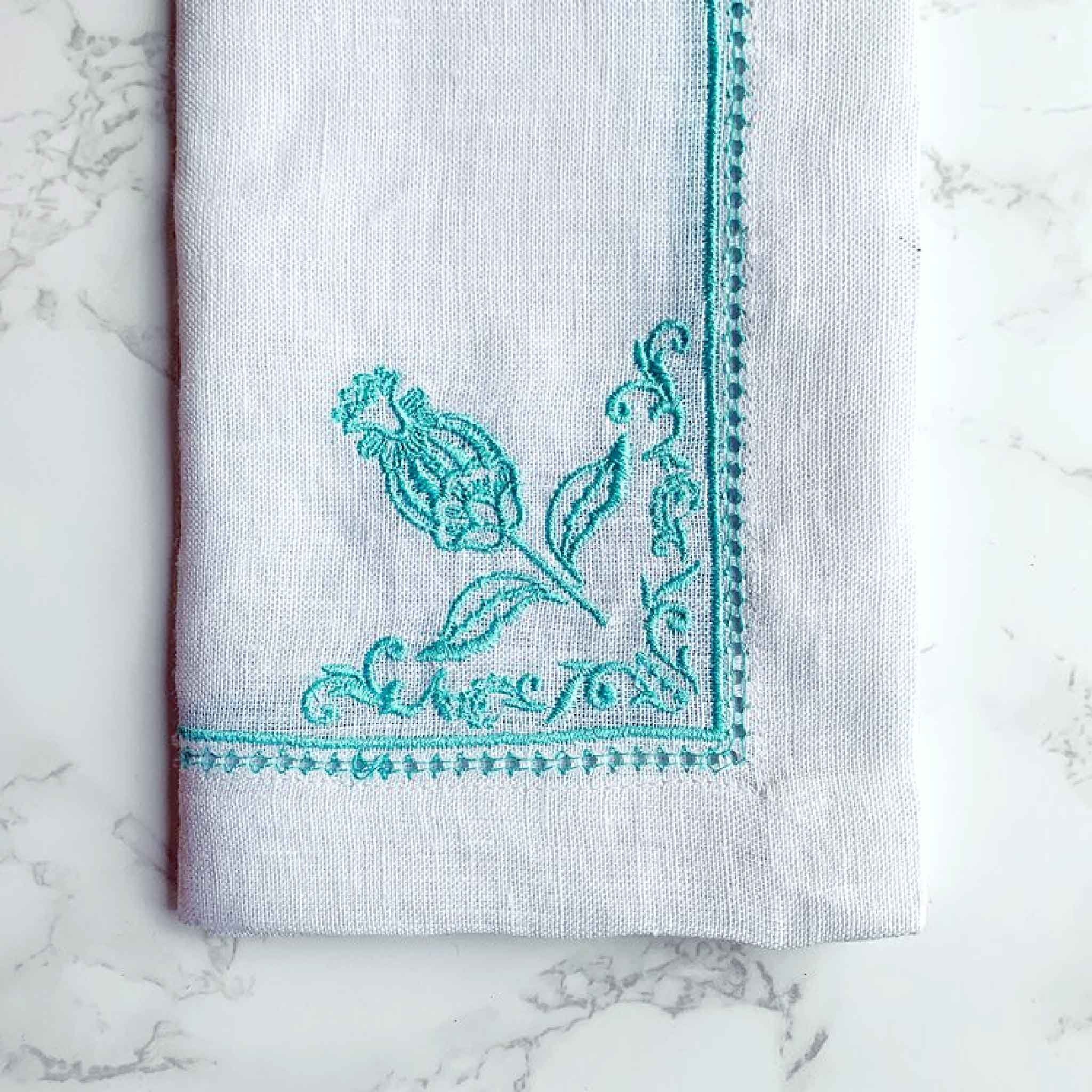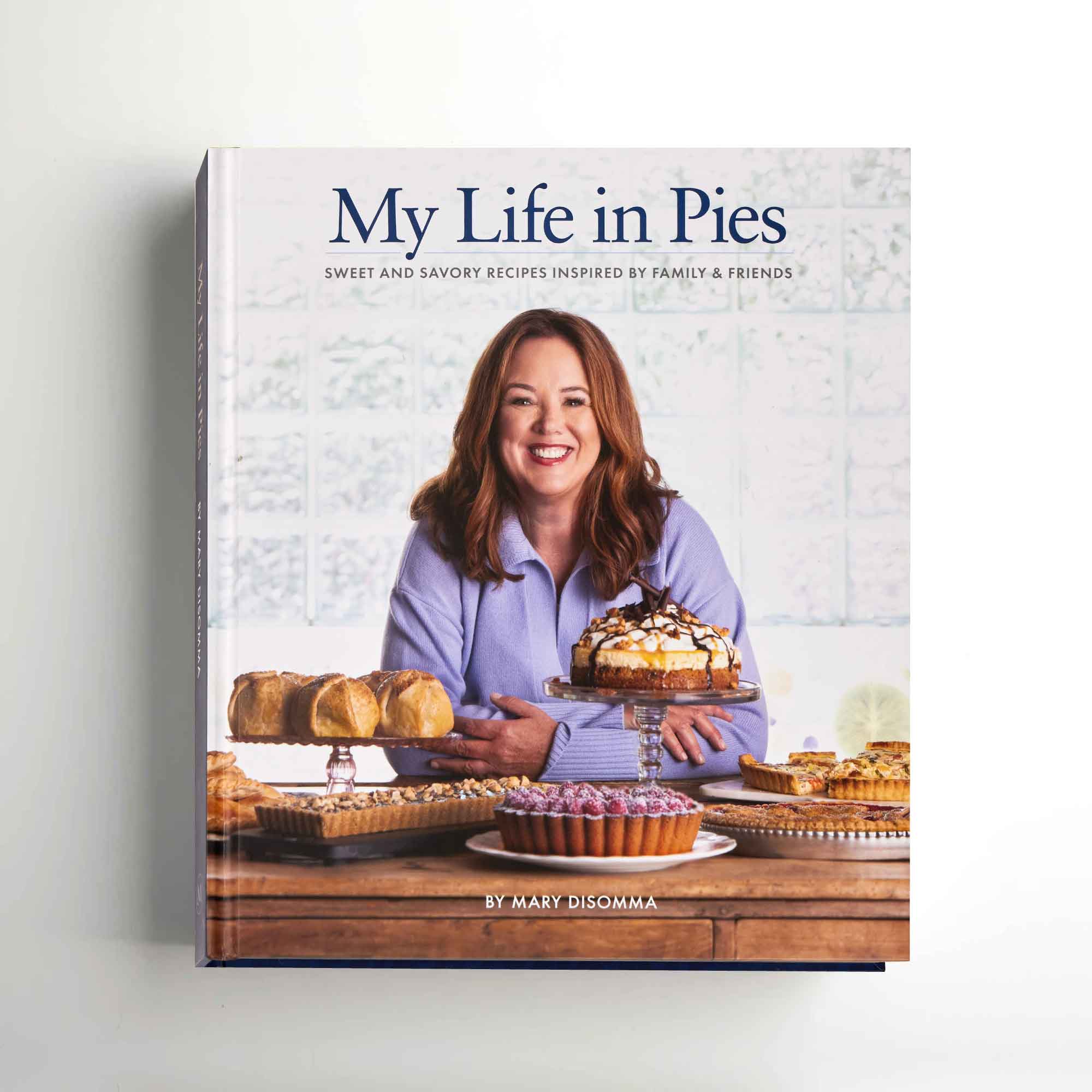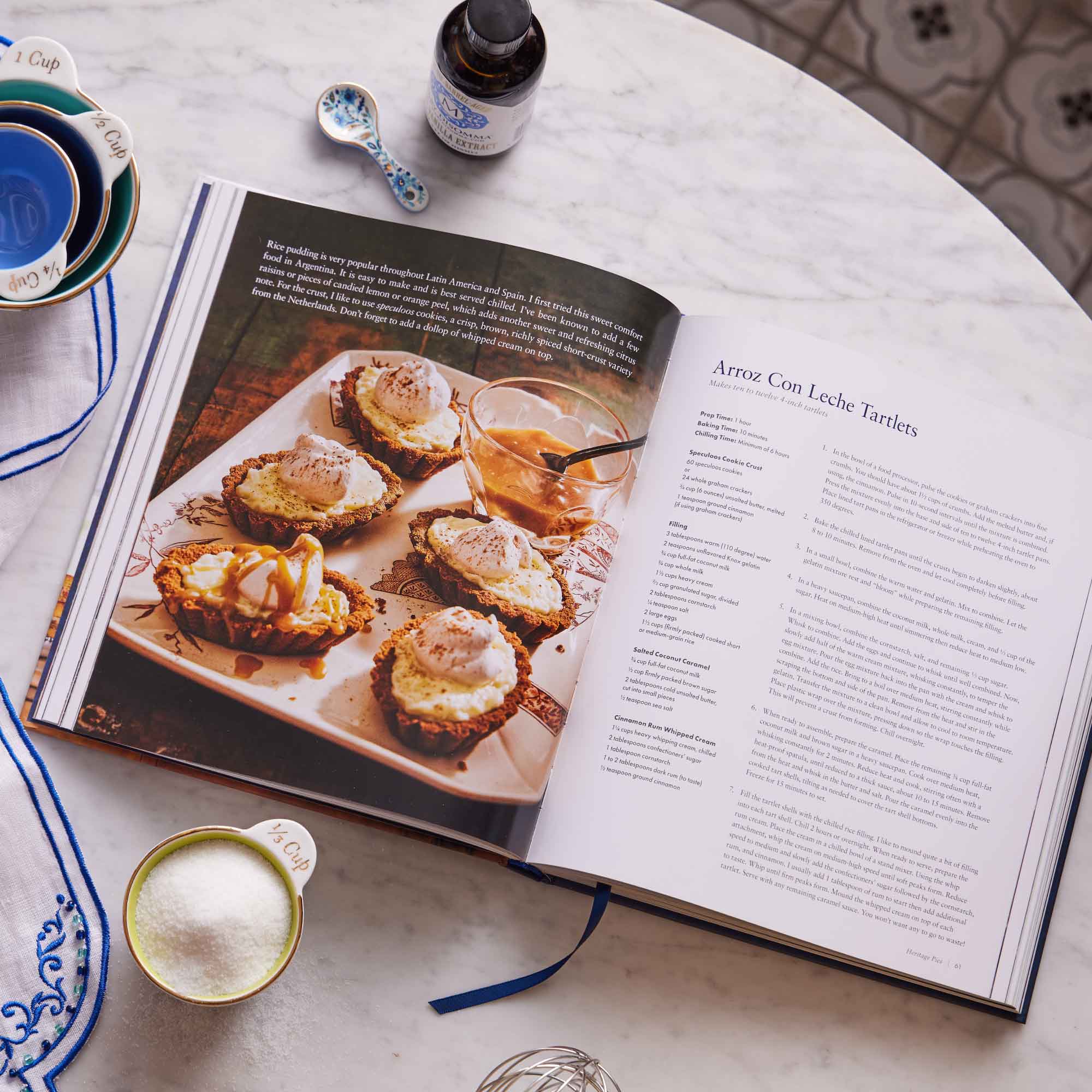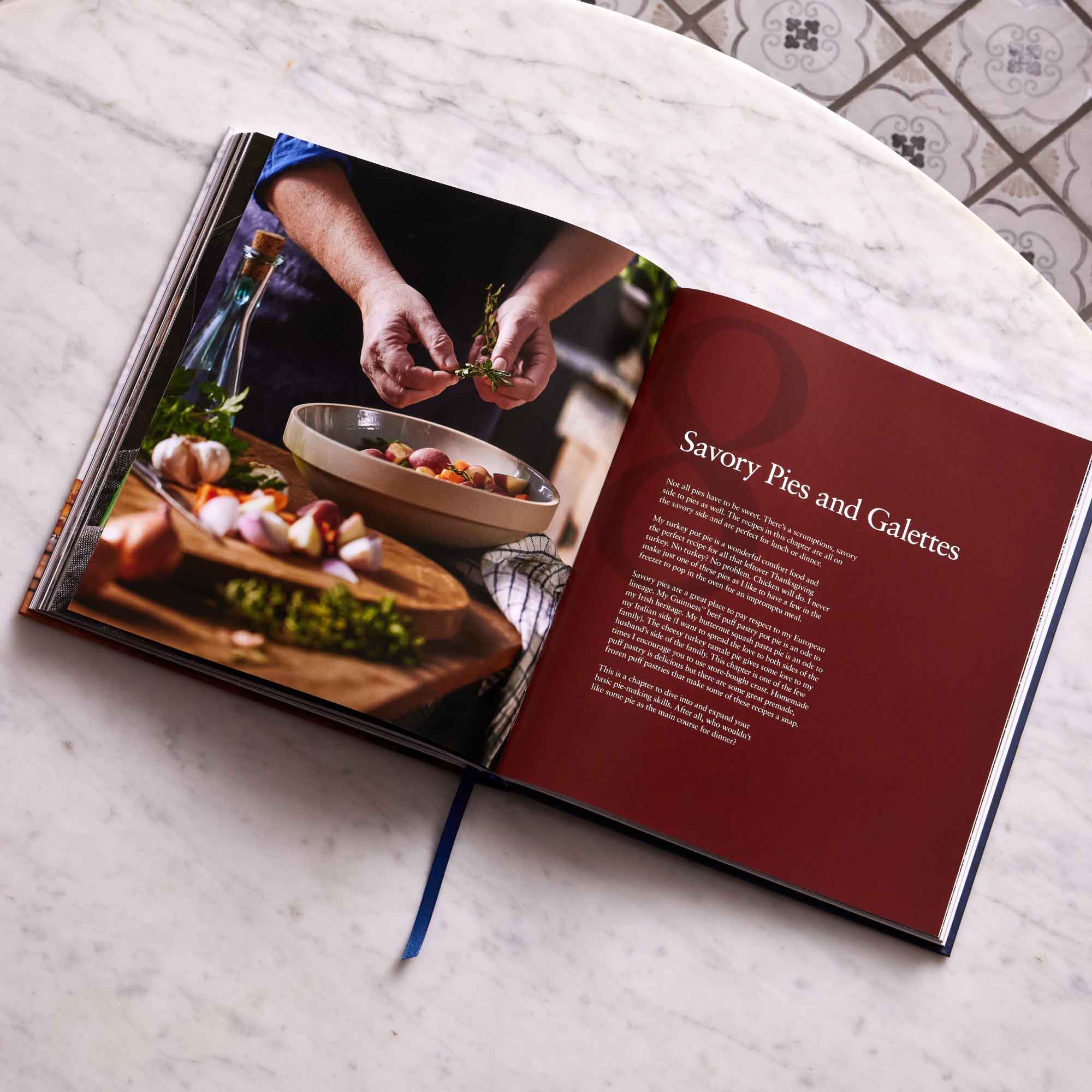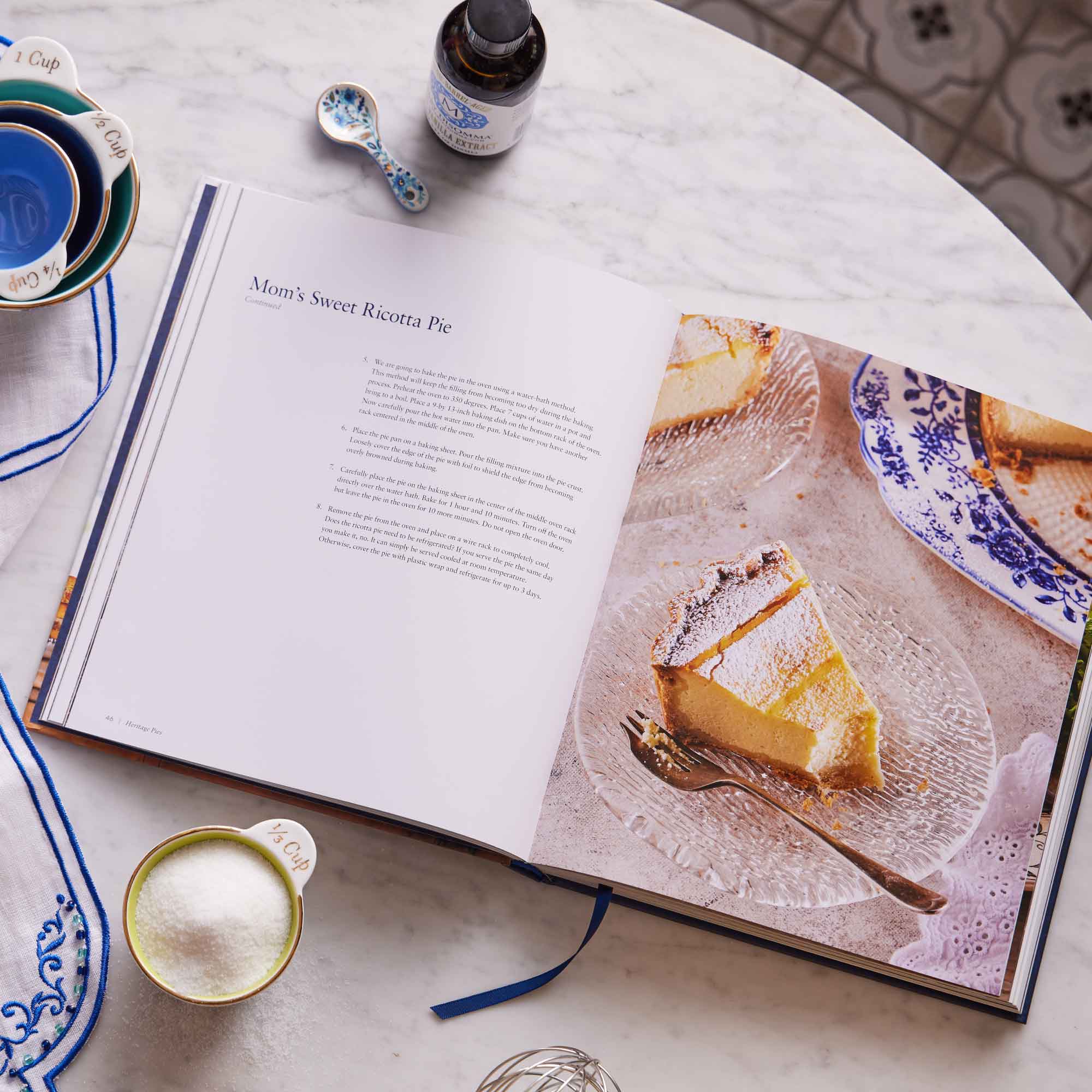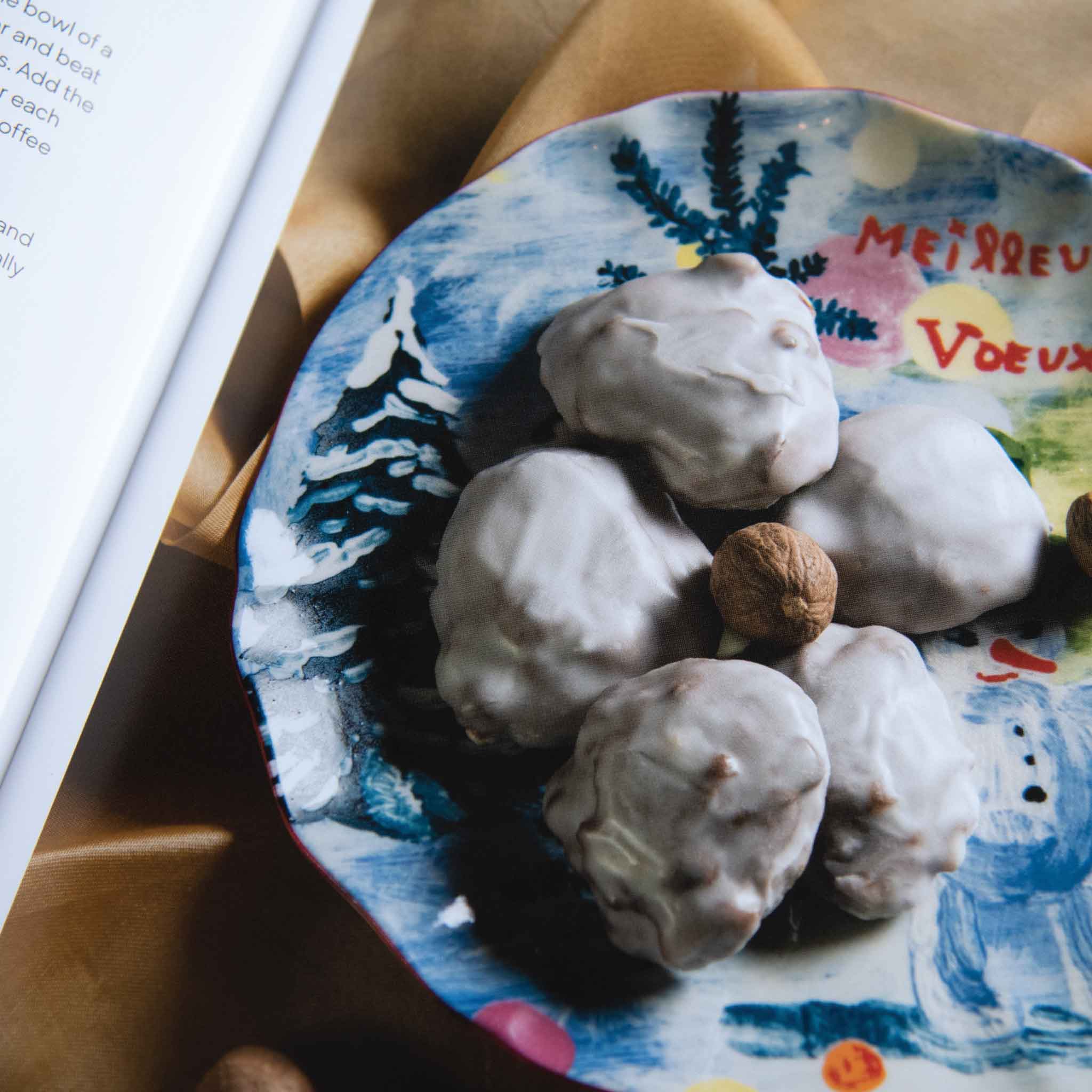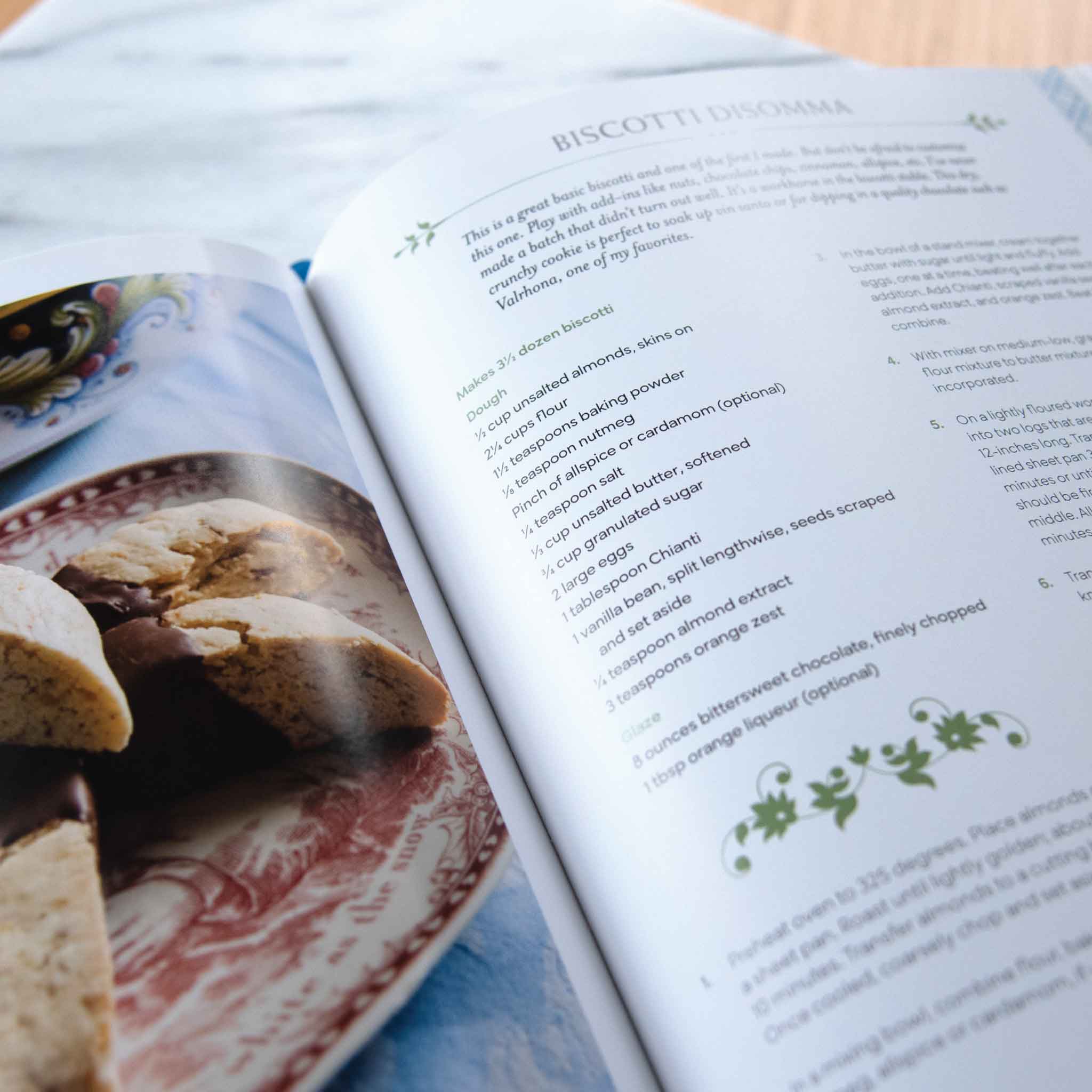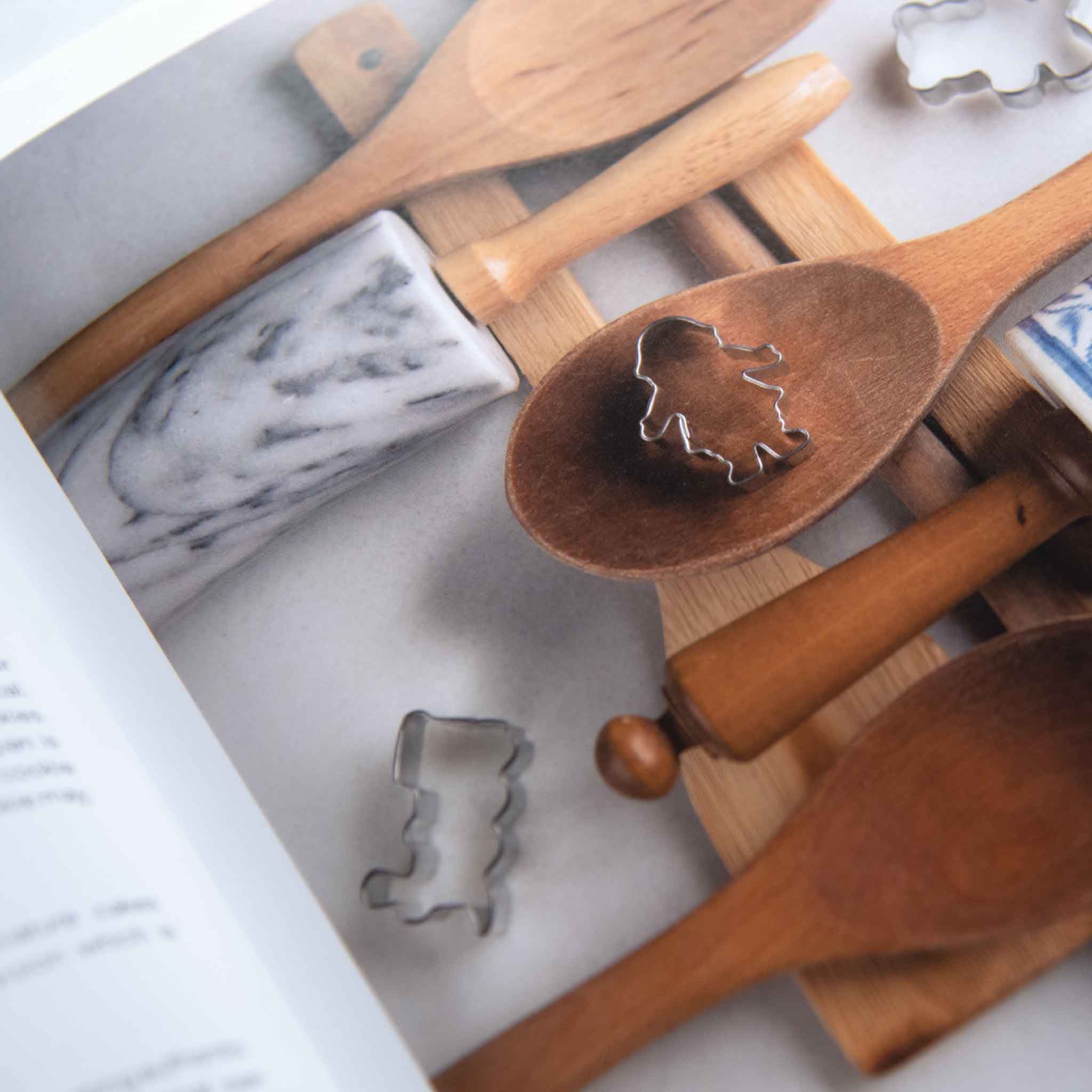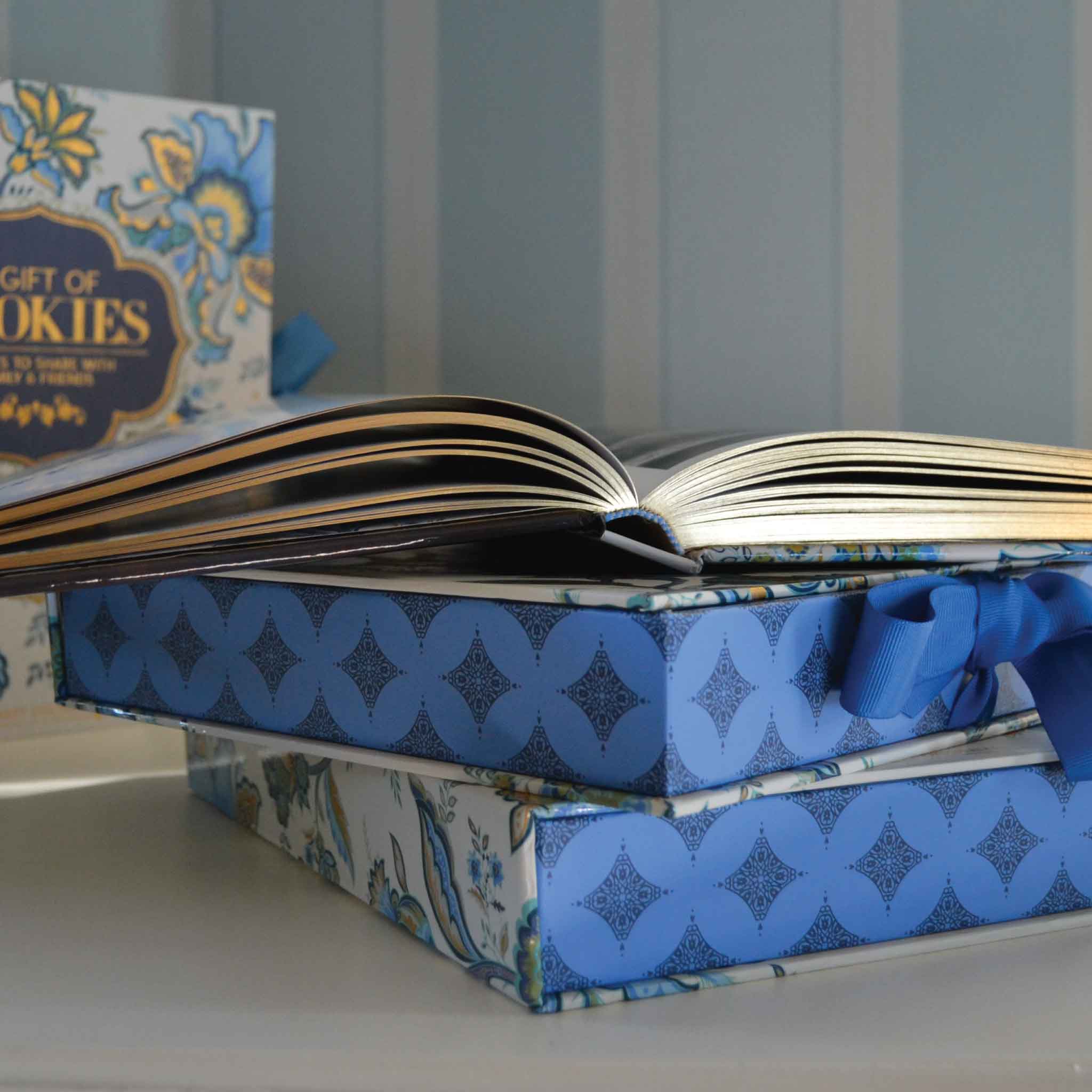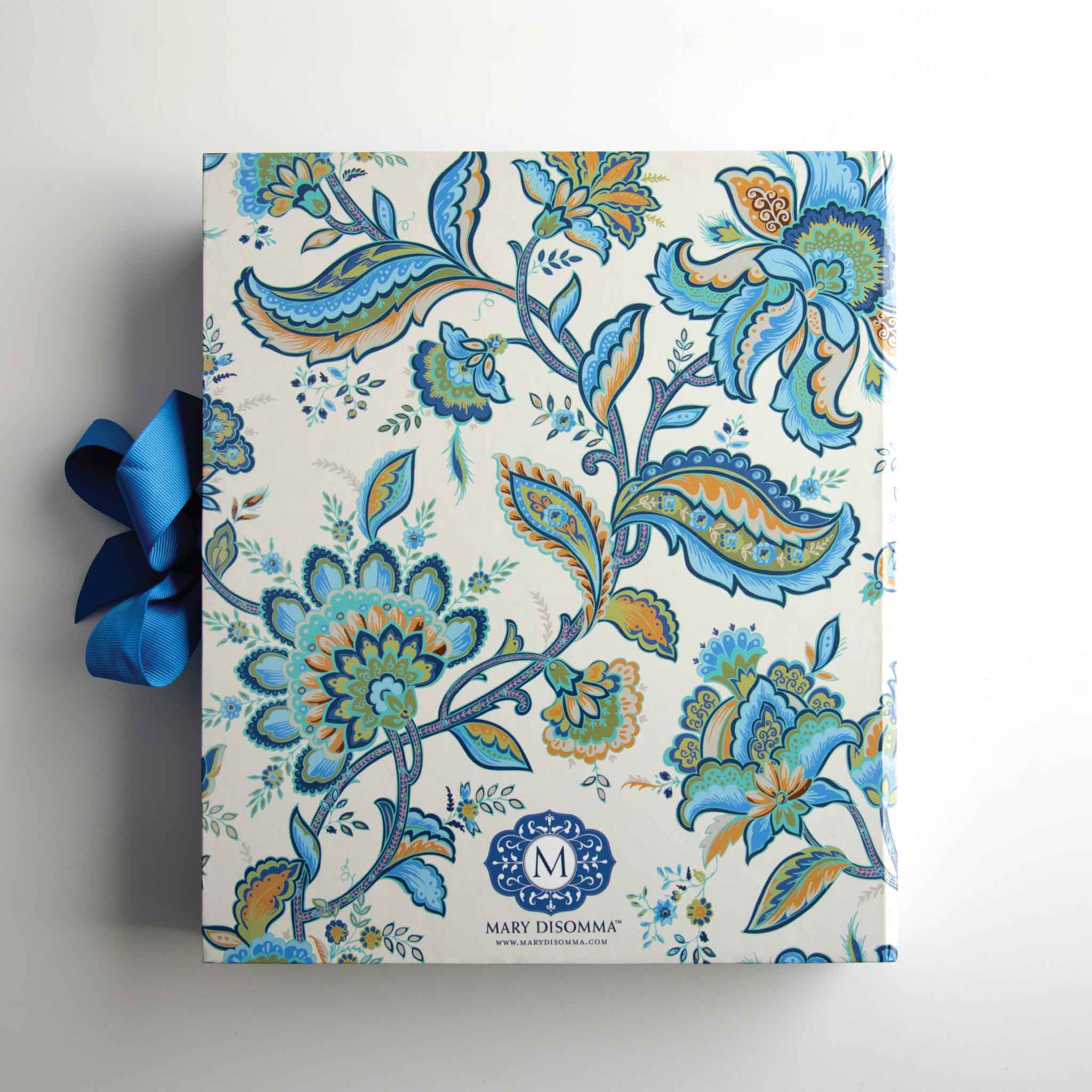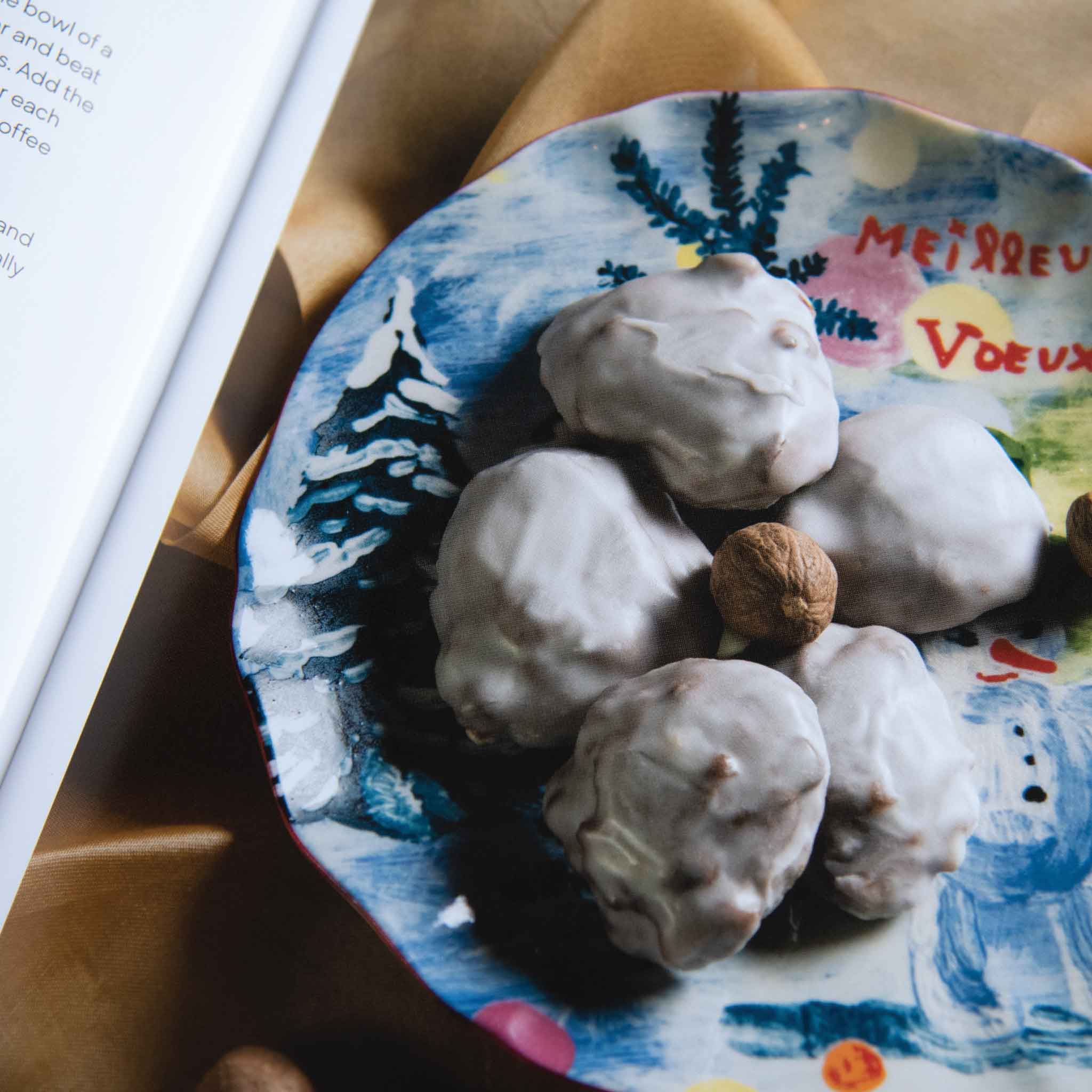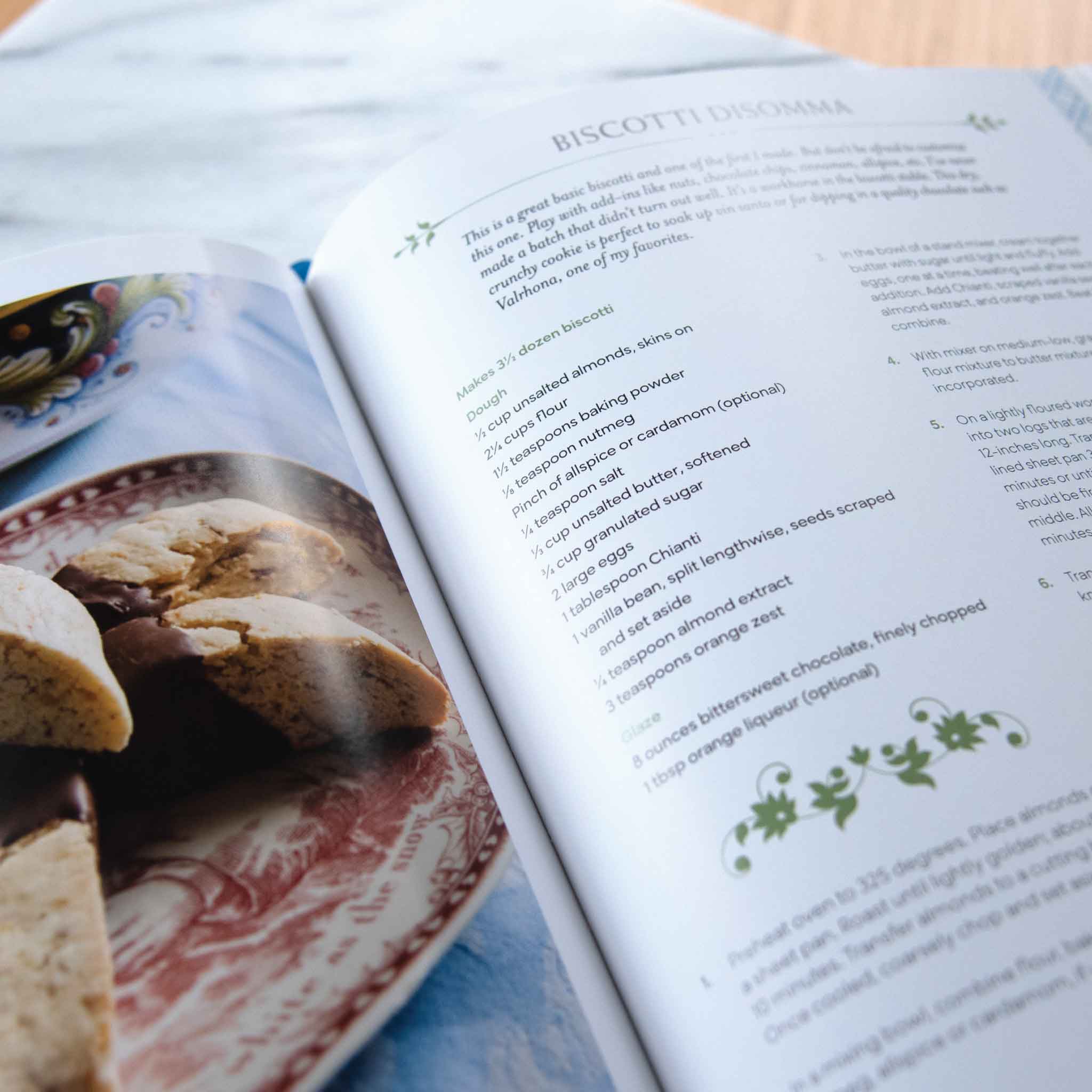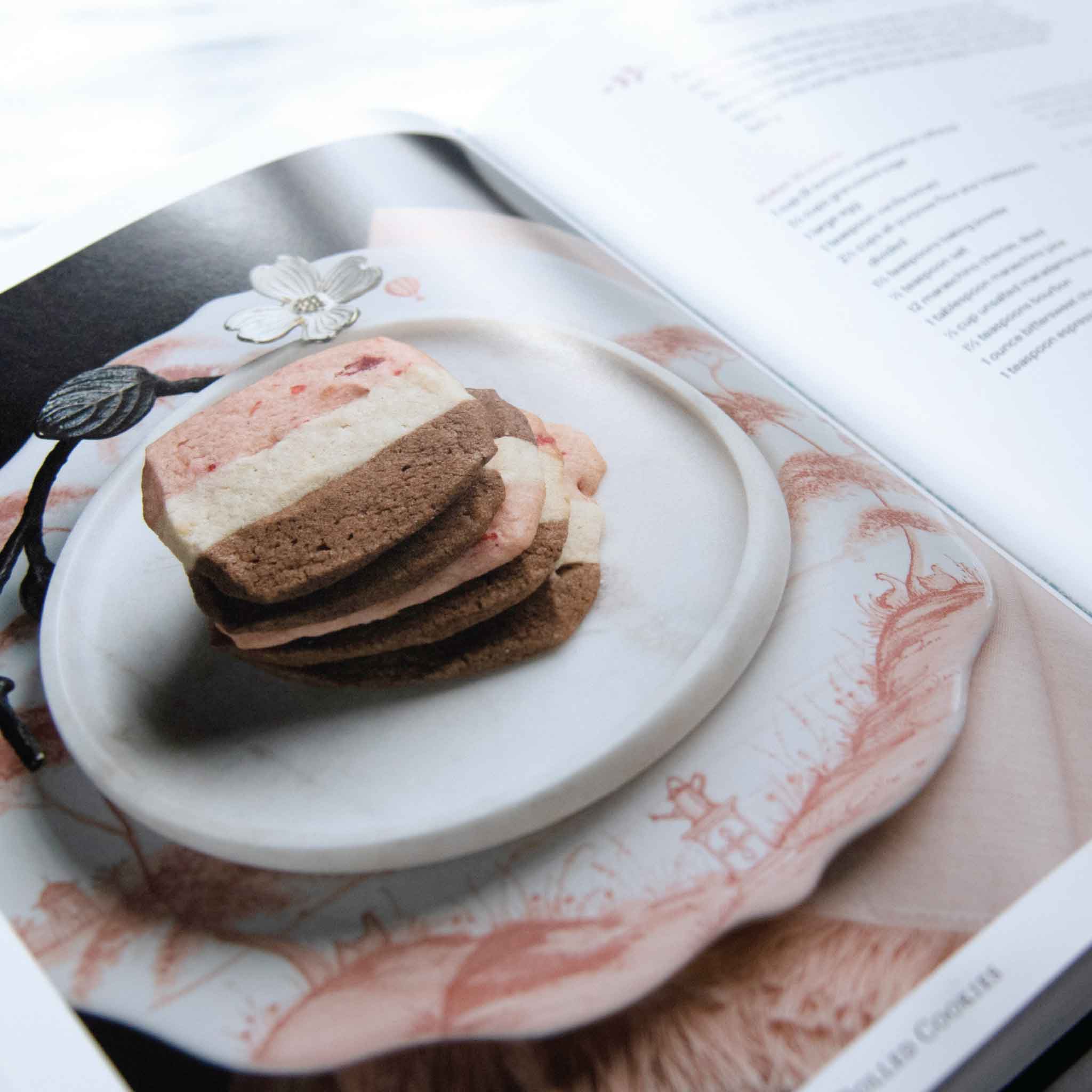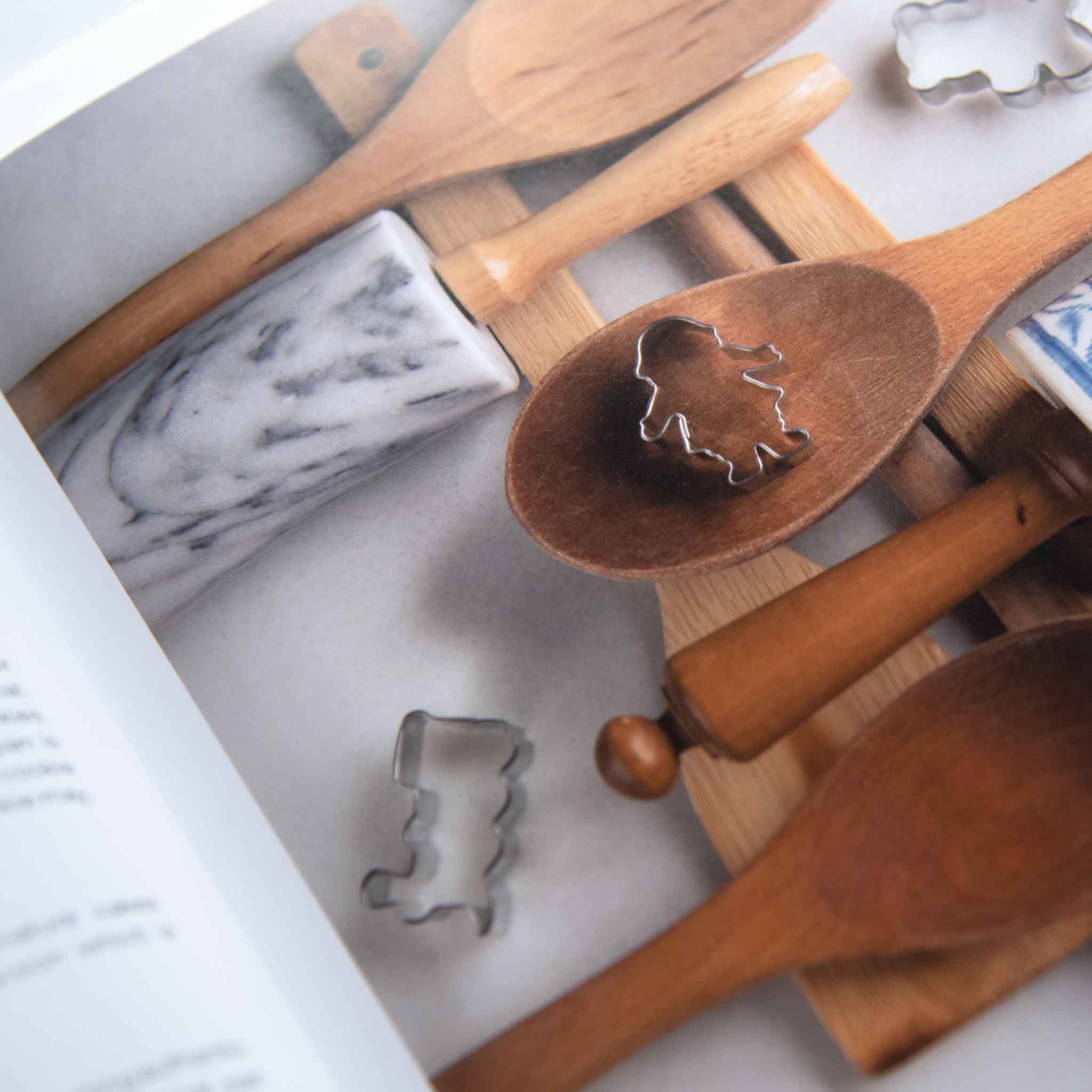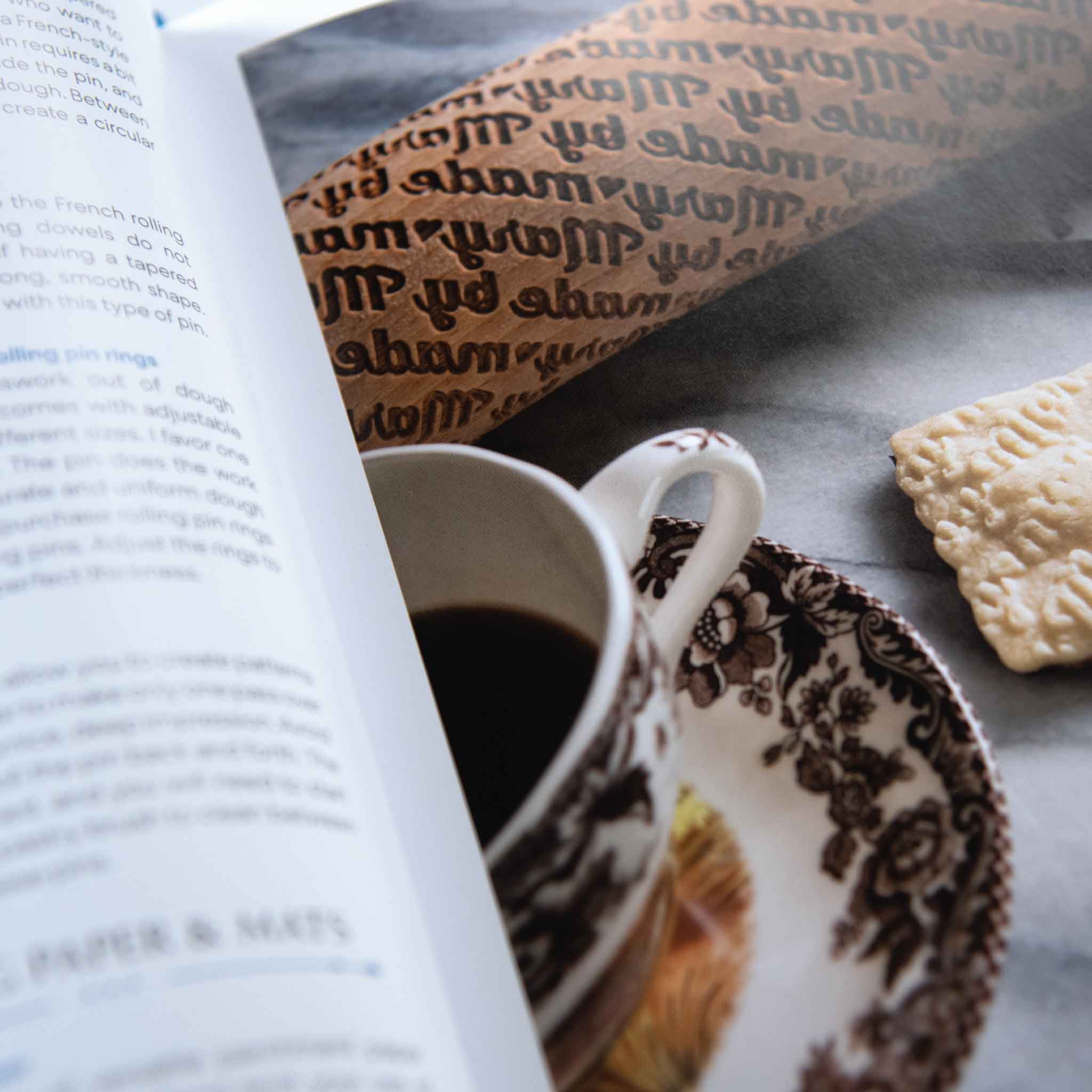When I first started cooking, I remember looking at recipes and wondering, “What exactly is the difference between mincing, dicing, and just plain chopping?” Well, I soon discovered it makes a big difference in recipes if you cut your vegetables properly. Too big, and the vegetables might not cook fast enough. Too small, and they get too soft.
Today I want to share a few easy tips to help you hone your knife skills and level up your cooking game! I’ll explain the difference between some basic cutting techniques. I find the best way to practice is to just grab a peeled onion and get chopping. If you go crazy learning cutting techniques on your onion, just pop the cut pieces into a Ziplock bag and store them in the freezer. You’ll have beautifully cut onions ready anytime you need them!
Rough Chop
This cut is used mainly for recipes that are going to be processed in a food processor or blender later. Usually, the vegetables are about 1½ inches in size and don’t have to be evenly cut. You may use a rough chop in a stock that is going to be strained, or in a sauce that will eventually be pureed.

How to Chop
When the instructions say to chop an ingredient, you’ll make the largest uniform cut. A large chop should create pieces about the size of a nickel. A medium chop should yield pieces a little larger than a dime, all relatively uniform in size.

How to Dice
A dice is usually about ¼ inch and uniform in size. Diced vegetables probably have origins in the “mirepoix,” a French term that refers to a mixture of carrot, onion, and celery. These three veggies are used as the base for many common French recipes. The mirepoix mix is common in soups and stews, for example. But that’s not the only use for dicing—you’ll see tons of recipes calling for diced veggies, so this is one of the most practical cuts to master.

How to Mince
Mince means the size of the food pieces should be very small—think the head of a matchstick. Usually, a mince cut is used for an herb or garlic clove. The smaller the cut, the more aromatic the flavor. Minced ingredients are typically cooked very quickly so the vegetable doesn’t overcook (like garlic), or added at the end (like minced Italian parsley).
The best way to achieve a mince is to take your chef’s knife and keep the tip in one spot, while you use a rocking motion to make a half-moon path over the herb or garlic. If you need the cut smaller after one pass, you can rotate the cutting board or rock the knife back the other direction. You can also purchase a special cutting tool called a mezzaluna to mince tender herbs.

Want to learn how to make a chiffonade cut, too?
Good news—I have just the recipe for you! Check out my It’s So Good Limoncello Fettuccine recipe to learn how to make a fragrant and delicious basil chiffonade.


